Page 257 of 304

"" N
0 ::.,: co ...... \!) 1.1'1
...... 1.1'1 ......
Your vehicle is equipped with all whee l drive,
this will improve traction during winter driv ing, even with the standard tires. However, we
strongly recommend that you a lways equ ip a ll
four wheels on your veh icle w ith correctly fit
ted wi nte r tires or all -season tires, when w in
ter road conditions are expected. This also im
p roves the vehicle 's braking performance and
reduces stopping distances.
Summer tires provide less grip on ice and
snow .
W inter tire s (snow t ires) must always be fitted
on all four wheels.
Ask your authorized Audi dea ler o r qualified
workshop for permitted
w inter t ire sizes. Use
only radia l winter tires .
Winte r ti res lose thei r effectiveness when the
tread is worn down to a depth of
0 .15 7 inch
(4 mm) .
On ly drive with winter tires under winter con
d itions. Summer tires hand le better when
there is no snow or ice on the roads and the
temperature is above 45
°F (7 °().
If yo u have a flat tire, see notes on spare
wheel ¢ page 248 .
Pl ease always remembe r th at w inte r ti res may
have a lower speed rating tha n the t ires origi
n all y ins talled on your veh icle at the t ime i t
was manufactured . Please see ¢ page 250,
Speed roting (letter code) for a Listing of the
speed rat ing letter codes and the maximum
speed at wh ich the t ires can be driven .
The speed rating letter code( ¢ page 232) is
on the side wall of the tire ¢ page 248.
A WARNING
Winter tires have maximum speed limits
that may be lower than your vehicle's max
imum speed. Always know the maximum
speed befo re driving off . Never drive faster
than the speed permitted for your specific
w inte r tir es . This will cause damage to the
ti res leading to an ac cident and se rious
pe rsonal i njury to you and yo ur p assen
gers .
Tire s an d wheel s 255
A WARNING
Driving faster than the maximum speed
for which the winter tires on your ve hicle
were designed can cause t ire fail ure in
cluding a blowout and sudden deflation,
l oss of cont ro l, crashes and ser ious per
sona l injuries. Have wo rn or damaged ti res
replaced immedia tely.
- Wi nte r tires h ave maxim um speed ra ting
that may be lower than yo ur vehicle 's
maxim um speed.
- Never d rive fas ter than the speed for
whi ch the w inter or othe r ti res installed
on yo ur vehicle are rated.
A WARNING
=
A lways ad just yo ur driving to t he roa d and
traffic conditions. Never let the good ac
celeration of the winter tires and a ll wheel
drive tempt you into taking extra risks. Al
ways remember:
- When braking, an all wheel drive vehicle handles in the same way as a front drive
veh icle.
- Drive carefully and reduce your speed on
icy and slippery roads, even w inter t ires
cannot help under black ice conditions.
@ For the sake of the environment
Use summer tires when weather condi
tions permit. They are qu ieter, do not wear
as quickly and reduce fuel consumpt ion.
Snow chains
-
Snow cha ins may be fitted only to the fro nt
whee ls, and on ly to certain tire sizes . Ask your
autho rized Aud i dea le r o n whi ch tire sizes
snow chains can be used.
The snow chains must have low-p rofile links
and must not be th icker than
0 .53 inch
(13 . 5 mm) , in cl ud ing t he lo ck.
Remove wheel center covers and trim discs
before putt ing snow cha ins on your veh icle
¢ 0 . For safety reasons cover caps must then ..,.
•
•
Page 258 of 304

256 Tires and wheels
be fitted over the wheel bolts. These are
available from authorized Audi dealers.
A WARNING
Using the wrong snow chains for your vehi
cle or installing them incorrectly can in
crease the risk of loss of control leading to
serious personal injury.
- Snow chains are available in different
sizes. Always make sure to follow the in
structions provided by the snow chain
manufacturer .
- When driving with snow chains never
drive faster than the speed permitted for
your specific snow chains.
- Always observe local regulations .
- Remove snow chains before driving on
roads not covered with snow to avoid
damaging tires and wearing the snow
chains down unnecessarily .
- Snow chains, which come into direct con
tact with the wheel rim, can scratch or
damage it . Therefore, make sure that the
snow chains are suitably covered . Check
the position of the snow chains after
driving a few yards and correct if neces
sary. Follow the instructions from the
snow chain manufacturer when doing so.
(D Tips
Where snow chains are mandatory oncer
tain roads, this normally also applies to
vehicles with all wheel drive.
Wheel bolts
Wheel bolts must always be tightened to the
corr ect torque.
The design of wheel bolts is matched to the
factory installed rims. If different rims are fit
ted, the correct wheel bolts with the right
length and correctly shaped bolt heads must
be used. This ensures that wheels are fitted
secu rely and that the b rake system functions
correctly . In certain circumstances, you may not use
wheel bolts from a different vehicle -even if it
is the same model ¢
page 285.
A WARNING "--
Improperly tightened or maintained wheel
bolts can become loose causing loss of
control, a collision and serious personal in
jury .
- Always keep the wheel bolts and the
threads in the wheel hubs clean so the
wheel bolts can turn easily and be prop erly tightened.
- Never grease or oil the wheel bolts and
the threads in the wheel hubs. They can become loose while driving if greased or
oiled, even if tightened to the specified
torque.
- Only use wheel bolts that belong to the
rim being installed .
- Never use different wheels bolts on your
vehicle.
- Always maintain the correct tightening
torque for the wheel bolts to reduce the
risk of a wheel loss. If the tightening tor
que of the wheel bolts is too low, they
can loosen and come out when the vehi
cle is moving. If the tightening torque is
too high, the wheel bolts and threads
can be damaged and the wheel can be
come loose.
Q) Note
The specified torque for the wheel bolts is
90 ft lbs. (120 Nm) with a tolerance of
± 7,4 ft lbs. (± 10 Nm). Torque wheel bolts
diagonally . After changing a wheel, the
torque must be checked as soon as possi
ble with a torque wrench -preferably by an
authorized Audi dealer or qualified work
shop .
Low aspect ratio tires
Your Audi is factory-equipped with low aspect
ratio tires. These tires have been thoroughly
tested and been selected specifically for your model for their superb performance, road feel ..,.
Page 259 of 304

'"" N
0 ::.,: co ,...., \!) 1.1'1 ,...., 1.1'1 ,....,
and handling under a variety of driving condi
tions . Ask your authorized Audi dealer for
more details.
The low aspect ratio of these tires is indicated
by a numeral of
55 or less in the tire's size
designation. The numeral represents the ratio
of the tire's sidewa ll height in relation to its
tread width expressed in percentage . Conven
tional tires have a height/width ratio of 60 or
more .
The performance of low-aspect-ratio tires is
particularly sensitive to improper inflation
pressure. It is therefore important that low
aspect ratio tires are inflated to the specified
pressure and that the inflation pressure is
regularly checked and maintained. Tire pres
sures should be checked at least once a
month and always before a long trip
¢ page 239, Checking tire pressure.
What you can do to avoid tire and rim
damage
Low aspect ratio tires can be damaged more
easily by impact with potho les, curbs, gullies
or ridges on the road, particularly if the tire is
underinflated .
In order to minimize the occurrence of impa ct
damage to the tires of your vehicle, we recom
mend that you observe the following precau
tions:
- Always maintain recommended inflation
pressures. Check your tire pressure every
2,000 miles (3,000 km) and add air if neces
sary .
- Drive carefully on roads with potholes, deep
gullies or ridges. The impact from driving
t hr ough or over such obstacles can damage
your tires. Impact with a curb may also cause damage to your tires.
- After any impact, immediately inspect your
t ir es or have them inspected by the nearest
authorized Aud i dealer. Replace a damaged
t ir e as soo n as possible .
- Inspect your t ires every 2,000 miles (3,000
km) for damage and wear . Damage is not al
ways easy to see . Damage can lead to loss of
air and underinflation, wh ich could eventu-
Tires and wheels 257
ally cause tire failure. If you believe that a
tire may have been damaged, rep lace the
tire as soon as possib le.
- These tires may wear more quickly than oth
ers.
- Please also remembe r that, while these tires
deliver responsive handling, they may ride
less comfortably and make more noise than
other choices.
Reduced performance in winter/cold
season conditions
All tires are designed for certain purposes.
The low aspect ratio, ultra high performance
tires or iginally installed on your vehicle are in
tended for maximum dry and wet road per
formance and handling. They are not suitable
for cold, snowy o r icy weather conditions. If
you drive under those circumstances, you
should equip your vehi cle w ith all-season or
winter tires, which offer better traction under
those conditions. We suggest you use the rec
ommended snow or a ll-season tires specified
for your vehicle, or their equivalent .
Refer to¢
page 254 for more detailed infor
mation regarding winter tires.
Ti re pressure
monitoring system
ill General notes
Applies to vehicles: with tire pressure monitoring system
Each tire, including the spare (if provided),
sho uld be checked monthly when cold and in
flated to the inflation pressure recommended by the veh icle manufacturer on the veh icle
placard or tire inflation pressure label. (If your
vehicle has tires of a d ifferent size than the
s ize indicated on the vehicle placard or tire in
flat io n pressure label, you should determine
the proper t ire inflation pressu re for those
tires).
As an added safety feature , your veh icle has
been equipped with a tire pressure mon itoring
system (TPMS) that illum inates a low ti re
pressure te llt ale when one or more of your
tires is significantly under-inflated. .,.
•
•
Page 260 of 304

258 Tires and wheels
Accordingly, when the low tire pressure tell
tale illuminates, you should stop and check
your tires as soon as possible, and inf late
them to the proper pressure. Driving on a sig nificantly under-inflated tire causes the tire to
overheat and can lead to tire failure. Under-in
flation also reduces fuel efficiency and tire
tread life, and may affect the vehicle's han
dling and stopp ing ability.
Please note that the TPMS is not a subst itute
for proper tire maintenance, and it is the driv
er's responsib ility to ma inta in correct tire
pressu re, even if under- inflation has not
reached the level to trigger illumination of the
TPMS low tire pressure telltale.
Your veh icle has also been equ ipped with a
TPMS malfunction indicator to indicate when
the system is not operating properly. The
TPMS malfunction indicator is combined with
the low tire pressure telltale . When the sys
tem detects a malfunction, the te lltale will
f lash for approximately one minute and then
remain cont inuous ly illuminated. This se
quence will continue upon subsequent vehicle
start-ups as long as the ma lfunction ex ists .
When the malfunct ion indicator is illuminat
ed, the system may not be able to detect or
signal low t ire pressure as intended. TPMS
malfunctions may occur for a variety of rea
sons, includ ing the installat ion of replace
ment or a lternate tires or whee ls on the veh i
cle that prevent the TPMS from functioning
p rop erly. Always check the TPM S malf unct ion
tellta le after replacing one o r more t ires or
wheels on your vehicle to ensure that the re p lacement or a lternate tires and wheels allow
the TPMS to continue to function properly. Tire pressure indicator appears
App lies to vehicles : wi th tire p ress ure mo nito rin g system
The tire pressure indicator in the instrument
cluster informs you if the tire pressure is too
low or if there is a system malfunction .
Fig. 194 Display: u nde rinfla tion warning
Using the ABS sensors, the tire pressure moni
toring system compares the tire tread circum
ference and vibration characteristics of the in
dividua l tires.
If the pressure decreases in one
or more t ires, this is indicated in the instru
ment cluster with a
RI] war ning symbol and a
message¢
fig . 194 . The driver message in the
display goes out afte r 5 seconds . The driver
message can be displayed again by pressing
the
ISETI button. If o nly one tire is affec ted,
the display will ind icate its position.
The tire pressure monitoring system must be
reset via rad io or MMI* each time the pres
sures are adjusted (e.g. when switching be
tween partial and full load pressure) or after
changing or replacing a tire on your ve hicle
¢
page 259. The TPMS indicator only moni
tors the tire pressure that you have previous ly
stored. You can find the recommended tire
pressures for your vehicle on the label on driv
er's side 8-pillar ¢
page 234.
Tire tread circumference and vibration charac
teristics can change and cause a tire pressure
warning if:
- the tire pressure in one or more tires is too
low,
- the tir e has structural damage,
- the tir e pressure was changed, wheels rotat-
ed or rep laced but the TPMS was not reset
¢page 259, ..,_
Page 261 of 304

'"" N
0 ::.,: co ,...., \!) ..,.,
,...., ..,., ,....,
-the spa re tire* /inflatable spare tire* is
mounted.
Warning symbols
[IJ Loss of pressure in at least one tire¢,&. .
Check the tire or tires and replace or repair if necessa ry. The indicator light
[IJ in the instru
ment cluster also illuminates
¢page 13.
Check/correct the pressures of all four tires
and resetTPMS via radio or MMI*.
mm (T ire Pressure Monitoring System) Ti re
pre ssure: S ystem m alfuncti on!.
1tE appea rs after sw itching the ign it ion on
or while d rivi ng and the ind icator light
[IJ in
the instrument cluster blinks for approxi mately one minute and then stays on, there is
a system malfunction. Attempt to store the
correct t ire pressure ¢
page 259. If the indi
cator light does not turn off or if it turns on
shortly thereafter, immediately drive your ve
h icle to an authorized Audi dealer or author
ized repair facility to have the malfunction
corrected.
.&, WARNING
- If the t ire pressure indicator appears in
the instrument cl uster d isplay, one or
more o f your tires is significantly under
inflated. Reduce your speed immediately
and avoid any hard steering or braking
maneuvers. Stop as soon as possible and
check the t ires and the ir pressures. In
flate the tire pressure to the proper pres
sure as indicated on the vehicle 's t ire
pressure label~
page 234 . Driving on a
significantly under-inflated tire ca uses
the tire to overhea t and can lead to tire
failure. Under-inflation also is likely to impair the vehicle 's handling and stop
ping ability.
- The driver is responsible for mainta ining
the correct tire pressures. You must check the tire pressures regularly .
- Under certain cond itions (such as a spor
ty driving style, winter conditions or un paved roads), the pressure monitor indi
cator may be de layed .
Tire s an d wheel s 259
-Ask your a uthorized Audi dea ler if run
flat tires may be used on your vehicle.
(D Tips
- The tire pressure mon itoring system may
stop working when there is an ESC ma l
function.
- Using snow chains may res ult in a system
ma lfunction.
- The tire pressure mon itor ing system on
your Audi was deve loped using tires with
the "AO" or "RO" identification on the
tire s idewall
~ page 248. We recom
mend us ing these tires.
Reset tire pressure monitoring system
App lies to vehicles: with tire pressure mon itor ing system
If the tire pressure is adjusted, wheels ore ro
tated or changed, the TPMS must be reset via
radio or MMI*.
... Before storing the new tire pressures, check
that the current pressures on all four tires
correspond to the specified va lues and
adapt the pressures to the current load
¢ page 234.
.,. Switch on the ignition.
.,. Select: the
I CARI funct io n button > Tir e pre s
s ure mon itoring
> Store now . Or
.,. Select: the
I CARI fu nct ion button > Car sy s
tem s*
contro l button > S erv icing & che cks >
Tire pres sure mon itor in g > Store tire pre s
s ures
> Yes, sto re now .
(D Tips
Do not store the tire pressure if there are
snow chains on the tire . Otherwise, a sys
tem mal function may occur.
•
•
Page 262 of 304

260 What do I do now ?
What do I do now?
Vehicle tool kit
The tools ore stored underneath the floor
panel in the luggage comportment.
Fig. 195 Seda n Lu ggage compart ment : too l kit
Fig. 196 a llroa d Lu ggage compart men t: too l kit
When you need access to the vehicle tool kit
or jack* , you will need to take out the spare
tire and cover
Q page 260 .
Depending on your vehicle's equipment, the
tool kit may also be located under the cargo
floor cover @
Q fig. 196 behind the seat back
rest .
The vehicle tool kit includes:
- Hook for removing wheel covers *
- Alignment pin for changing the wheel
- Screwdriver w ith reversible blade
- T ool for changing light bulbs
- Reversible bit (reversible Torx bit for chang- ing light b ulbs)
- Rod for jack
- Jack*
- Lug wrench
- Towing eye Some of the vehicle items listed above are
provided on certain mode
ls only or are option
al extras.
Before ret urning the jack * to its p lace, re trac t
the jack arm f ully.
A WARNING
-
- Never use the screw driver hex head to
tighten wheel bo lts, since the bolts can
not attain the necessary tightening tor
que if you use the hex head, potentially
causing an acc ident .
- The factory-supplied jack is intended on
ly for your vehicle model. U nder no c ir
cumstances should it be used to lift
heavy veh icles o r othe r loads; you risk in
juring yo urself .
- Never start the engine when the vehicle
is raised, wh ich could cause an acc ident.
- Support the vehicle securely with appro
priate stands if work is to be performed
underneath the vehicle; otherwise, there
is a potentia l risk for injury.
Space-saving spare tire
(compact spare tire)
Appl ies to veh icles : w ith space -sav ing spare tire
The spore tire/wheel is located in the luggage
comportment under the cargo floor cover . It
is intended for shor t-term u se only.
F ig. 197 Spa re ti re
Removing the spar e ti re
., lift the cargo floor by the p lastic handle
Q fig. 197 .
., Hook the handle into the luggage compart
ment wea ther strip.
Page 263 of 304

M N
~ co
rl I.O
"' rl
"' rl
.. Turn the large screw q fig . 197 counter
clockwise.
.. Take out the spare tire.
.. Always store the vehicle tool kit, the jack *,
and the replaced tire in the luggage com
partment
c:> page 132.
.. Unhook the cargo floor before clos ing the
rear lid .
Using the spa re tire (compact spare tir e)
The compact spare tire is only intended for
emergenc ies until you can reach a repair shop.
Replace it as quickly as possible with a stand
ard wheel and t ire .
There are some restrictions on the use of the
compact spare t ire . The compact spare t ire
has been des igned specifically for your type of
veh icle.
It must not be swapped with a com
pact spare tire from another type of veh icle.
Snow chains
For technical reasons, the use of snow chains
on the compact spare tire is
not p erm itted .
If you do have to drive with snow chains and a
front tire fails, mount the spare whee l w ith
tire instead of a rear tire. Install the snow
chains on the rear t ire and use it to replace
the defective front tire.
.,&. WARNING
- Never use the spare tire if it is damaged
or if it is worn down to the tread wear in
dica to rs.
- If the spare tire is mo re tha n 6 years o ld,
use it only in an emerge ncy and w it h ex
tr eme cau tion a nd careful d riving .
- T he spare tire is intended only fo r tem
porary and sho rt-term use.
It should be
rep laced as soon as possib le w ith the
normal wheel and t ire.
- After mount ing the compac t spare ti re,
the tire pressu re must be che cked as
soon as possible . The tire pressure of the
compact spa re tire m ust be 4 .2 bar; oth
erwise, you risk hav ing an accident.
- Do not drive faster than 50 mph (80 km/
h) . You risk having an accident.
What do I d o now ? 261
-Avoid full-thrott le acceleration, heavy
brak ing, and fast cornering. You risk hav
ing an accident .
- Never drive using more than one spare
wheel and tire. You r isk having an acci
dent .
- Normal summer or winter t ires must not
be mounted on the compact spare w heel
rim .
- For technical reasons, the use of tire
chains on the spa re tire is not permitted .
If it is necessary to drive with t ire chains,
the spare wheel must be mounted on the
fro nt axle in the event of a flat in a rear
tire. The newly available fron t wheel
m ust then be inst alled in place of the
rea r whee l w ith the flat tire. Installing
the tire chain before mounting the whee l
a nd tire is recommended.
- Loose items in the passenger compart
ment can cause serious personal injury
during hard brak ing or in an accident.
Never store the spare tire or jack and
too ls in the passenger compartment.
Inflatable spare tire
App lies to vehicles: wi th inflatable spa re tire
The inflatable spare tire expands to its full di
ameter when it is inflated .
Fig. 19 8 I nflatable spare tir e w it h compressor
Removing inflatable spare tire
.. Lift up the cargo floo r us ing the handle .
.. Tur n the large screw ¢
fig. 198 counte r-
clockw ise.
.. Take out the in fla table spare tire.
Page 264 of 304

262 What do I do now ?
• Always store the vehicle tool kit, the jack *
and the replaced tire in the luggage com
partment ¢
page 132.
Stowing the infl atable spare tir e
• Release the air by unscrew ing the va lve
stem.
• Screw the valve stem back in afterwards.
• Wait a few hours before p lacing the wheel in
the spare wheel well¢.&_ .
• Secure the wheel with the large screw.
• Fold the cargo floor back down.
Aft er usi ng th e inflat able sp are wh eel
The inflatable spare tire can be re-used as
long as it is not damaged and is not worn
down to the tread wear indicators¢&. .
When you let the air out of the inflatable
spare tire, it does not assume its folded shape
again for several hours . Until then, it cannot
be p laced back in the spare wheel well and
stowed securely .
A WARNING
-Never use the spare tire if it is damaged
or if it is worn down to the tread wear in
dicators.
- If the inflatable spare tire is more than 6
years old, use it only in an emergency and w ith extreme caut ion and caref ul
dr iv ing .
- The inflatable spare tire is intended only
for temporary and short-term use.
It
should be replaced as soon as possible
with the norma l wheel and tire.
- T he tire pressure value for the inflatable
spare t ire is located on the drive r's side
8 -pilla r
¢page 234, fig. 190.
-Maximum perm iss ible speed is SO mph
(80 km/h).
- Avoid full-throttle acce le rat ion, heavy
braking, and fast corner ing.
- When the air is let out of the inflatable
spare wheel, it does not ass ume its fold
ed shape for severa l hours. Until t hen, it
cannot be p laced back in the spare wheel
we ll and stowed secu rely . -
Never drive with more than one inflata
ble spare tire.
- For technical reasons, the use of tire
chains on the inflatable spare tire is not
perm itted. If it is necessary to drive with
tire chains, the inflatab le spare wheel
must be mounted on the rear axle in the
event of a f lat in a front tire . The newly
availab le rear whee l must then be instal
led in place of the front whee l with the
f lat t ire. Instal ling the tire chain before
mount ing the wheel and tire is recom
mended .
- L oose items in the passenger compart
ment can cause serious personal injury
during hard braking or in an accident.
Never store the inflatable spare tire or
jack* and too ls in the passenger com
partment.
(D Note
- The inflatable spa re tire has been deve l
oped specifically for this vehicle mode l.
It must not be exchanged or used for
other vehicle models. Sim ilarly, inflata
ble t ires from other vehicle models must
not be used.
- Normal summer or w inter tires must not
be installed on the inflatable t ire rim.
Inflating inflatable
spare tire
Applies to veh icles: w ith inflatable spare t ire
F ig. 199 Lu gg age compart ment: co mpressor
• Remove the cover for the veh icle tools and
remove the compressor. For some vehicle
models, the compressor is located i n a hold-
er under the spare tire . .,.
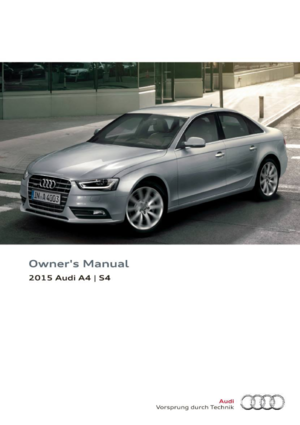 1
1 2
2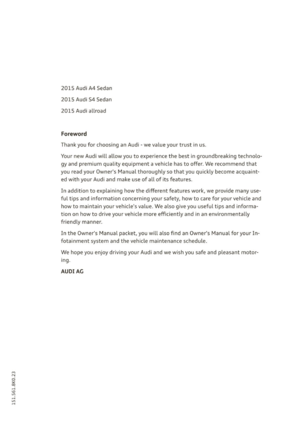 3
3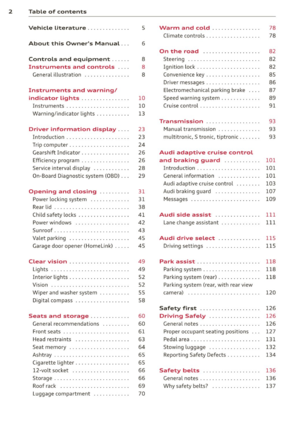 4
4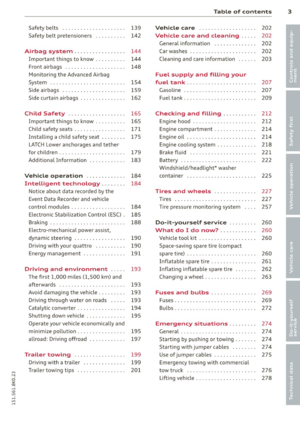 5
5 6
6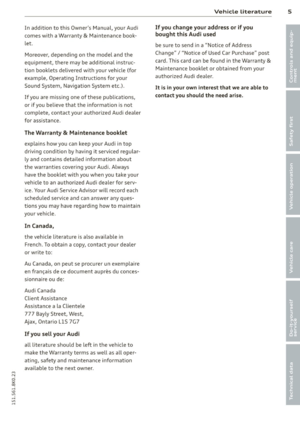 7
7 8
8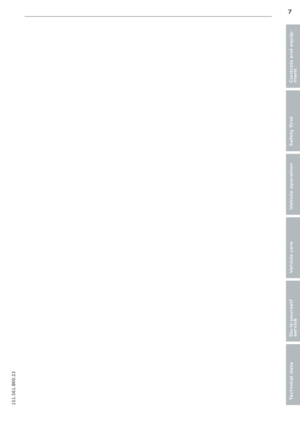 9
9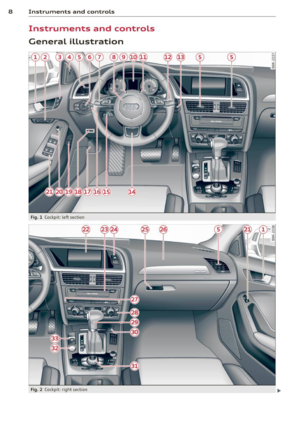 10
10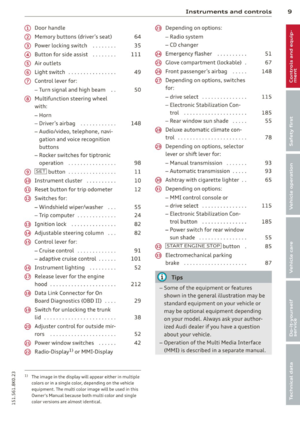 11
11 12
12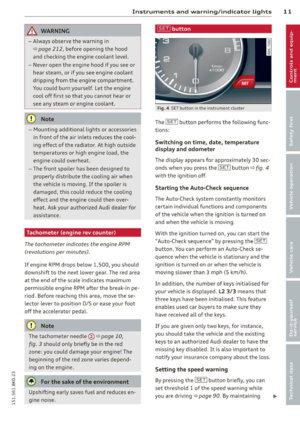 13
13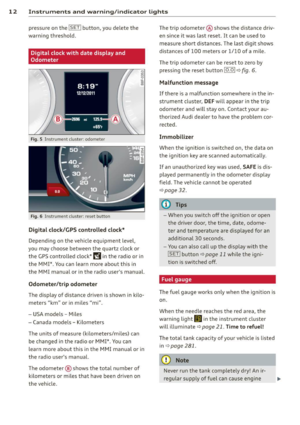 14
14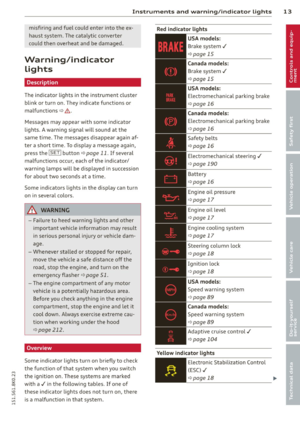 15
15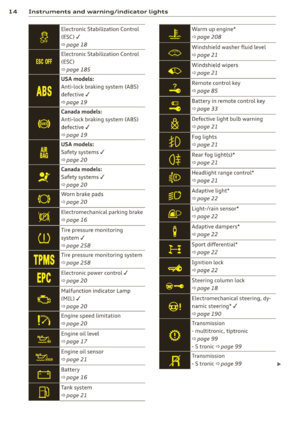 16
16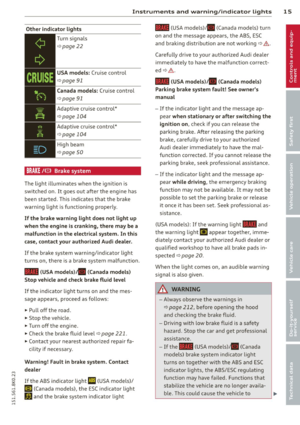 17
17 18
18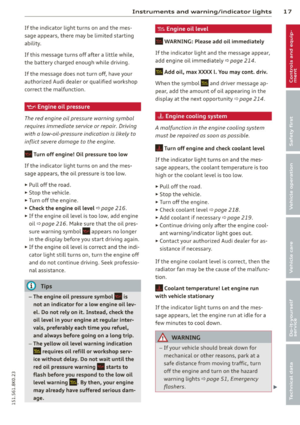 19
19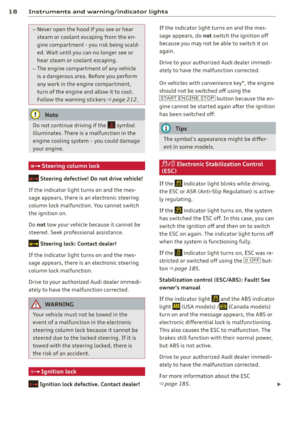 20
20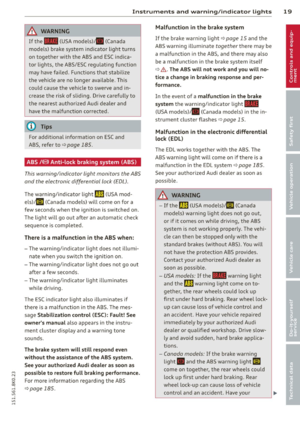 21
21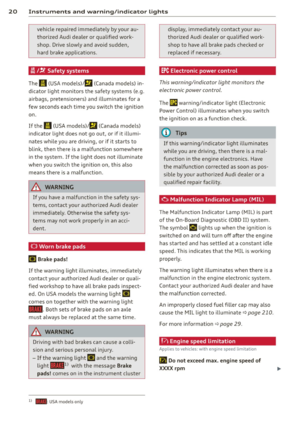 22
22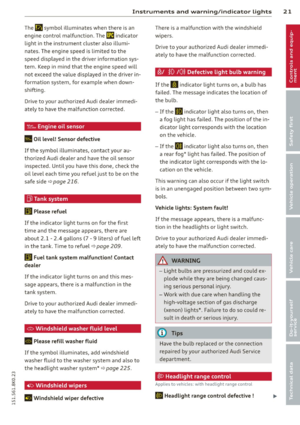 23
23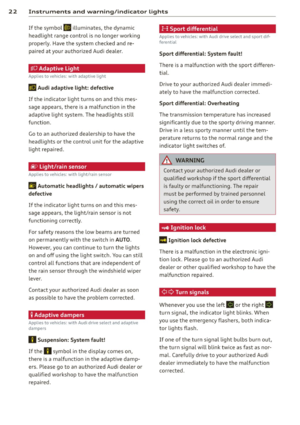 24
24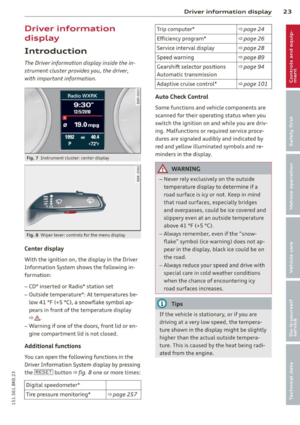 25
25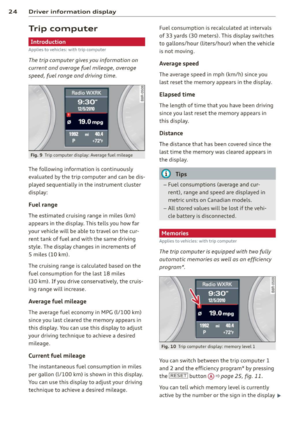 26
26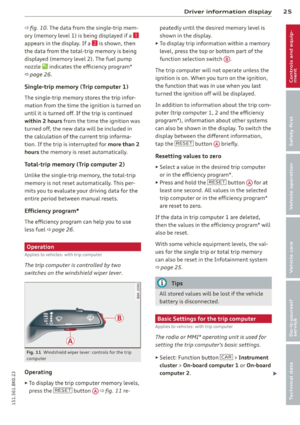 27
27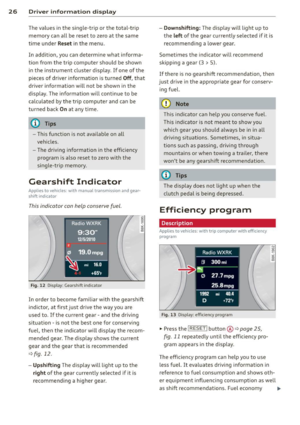 28
28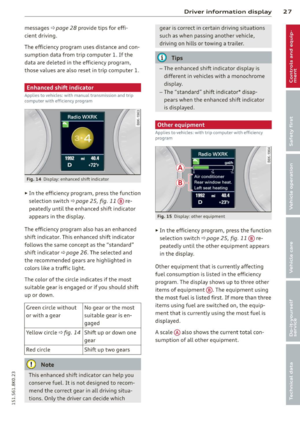 29
29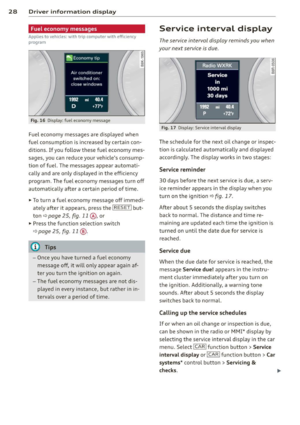 30
30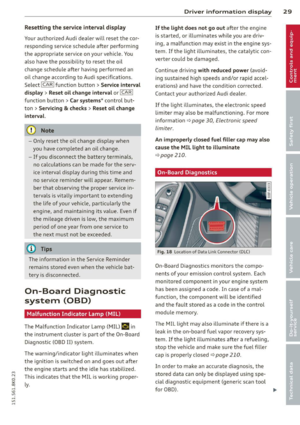 31
31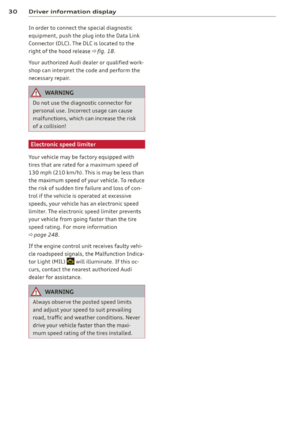 32
32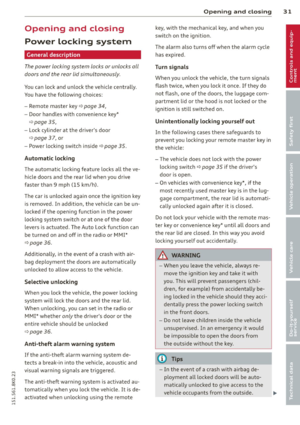 33
33 34
34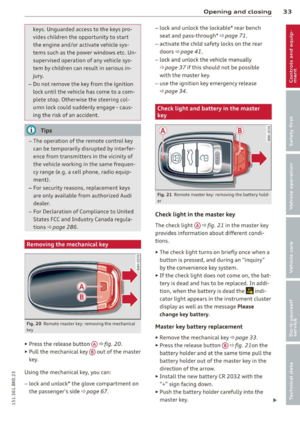 35
35 36
36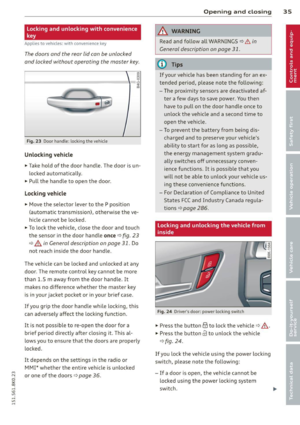 37
37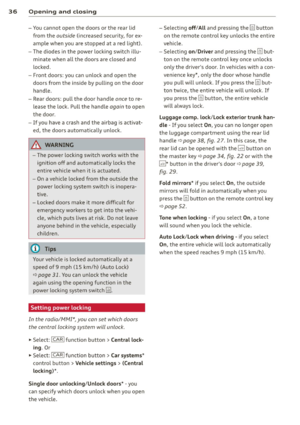 38
38 39
39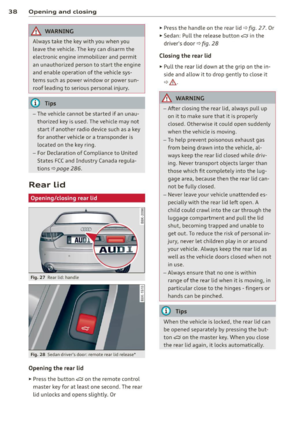 40
40 41
41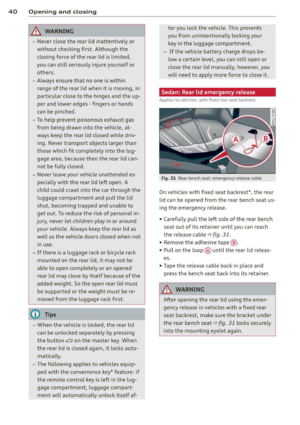 42
42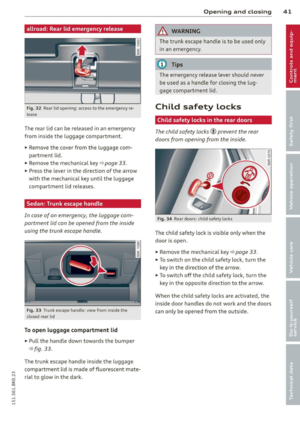 43
43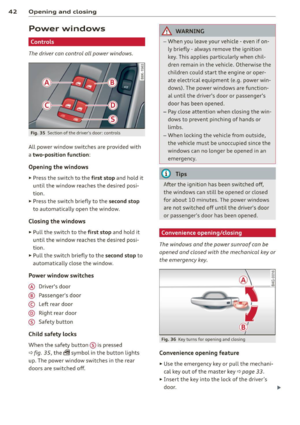 44
44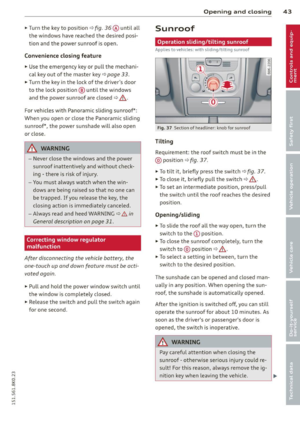 45
45 46
46 47
47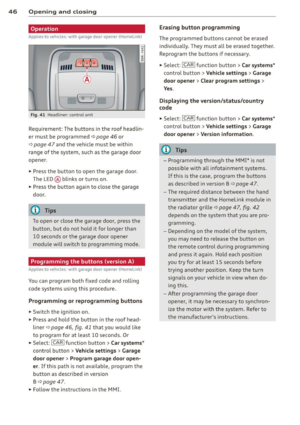 48
48 49
49 50
50 51
51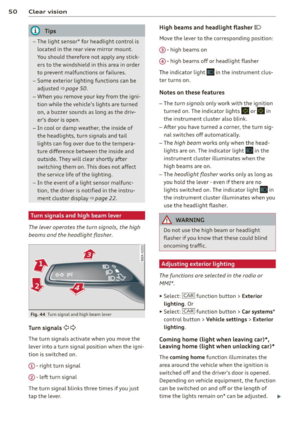 52
52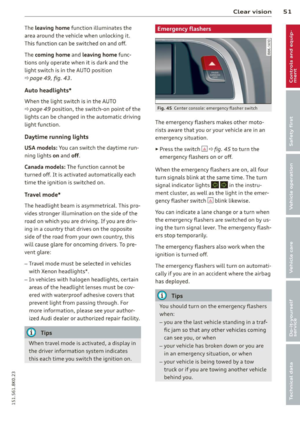 53
53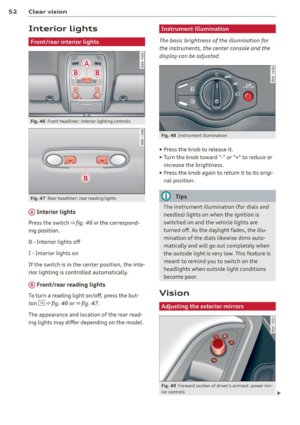 54
54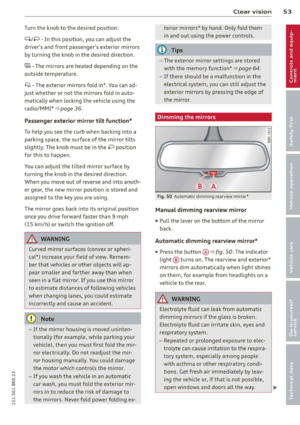 55
55 56
56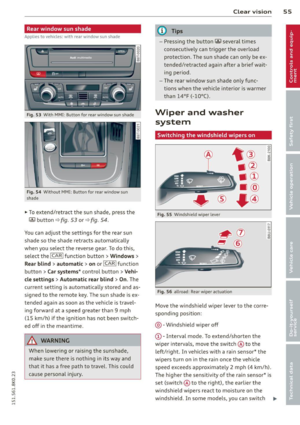 57
57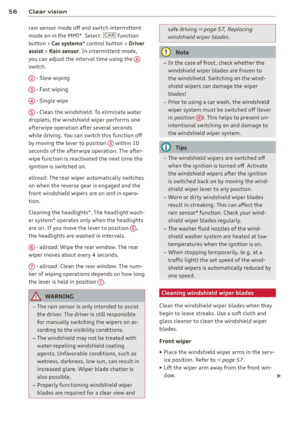 58
58 59
59 60
60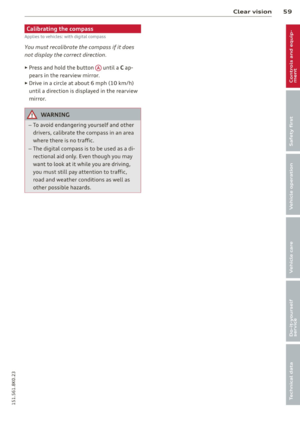 61
61 62
62 63
63 64
64 65
65 66
66 67
67 68
68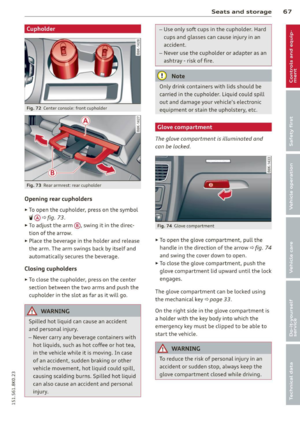 69
69 70
70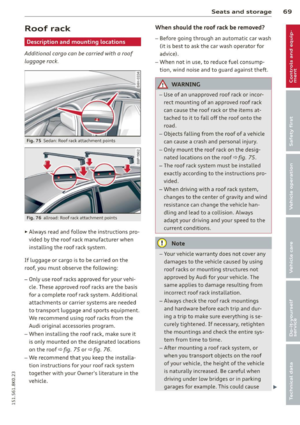 71
71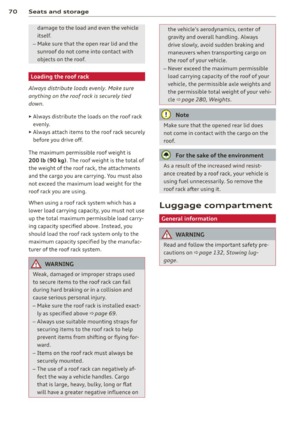 72
72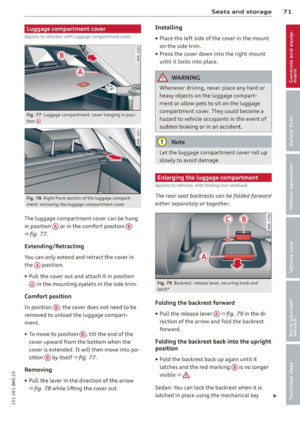 73
73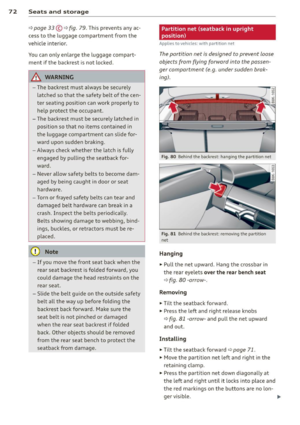 74
74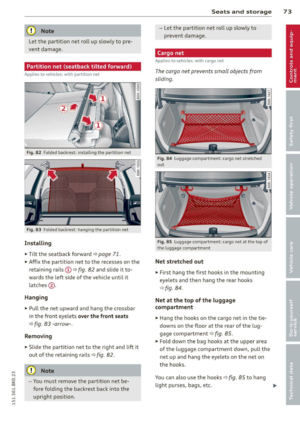 75
75 76
76 77
77 78
78 79
79 80
80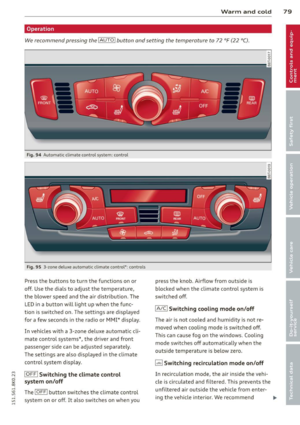 81
81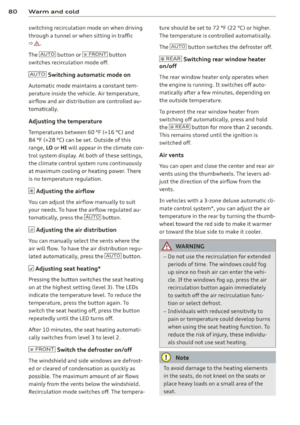 82
82 83
83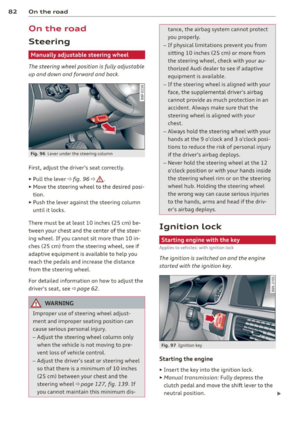 84
84 85
85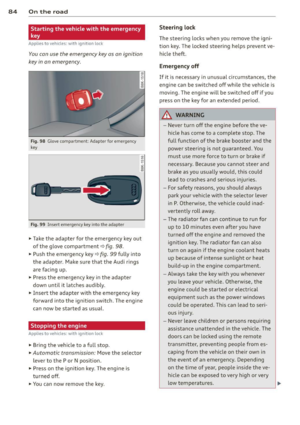 86
86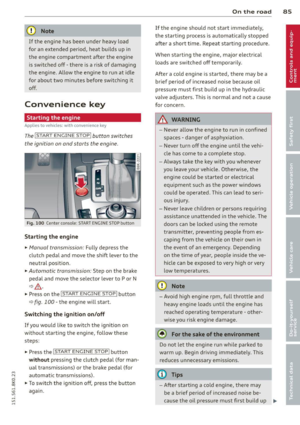 87
87 88
88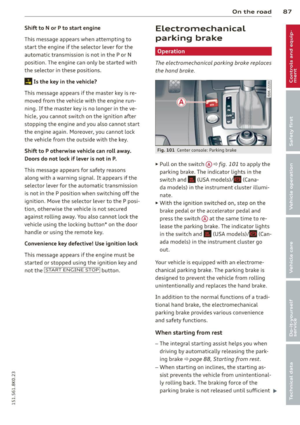 89
89 90
90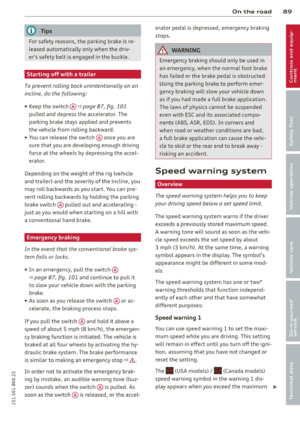 91
91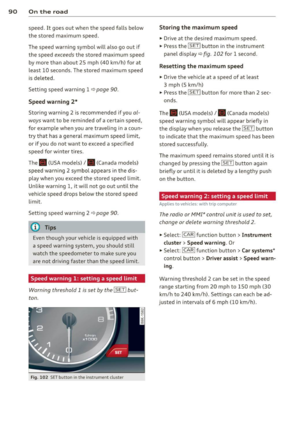 92
92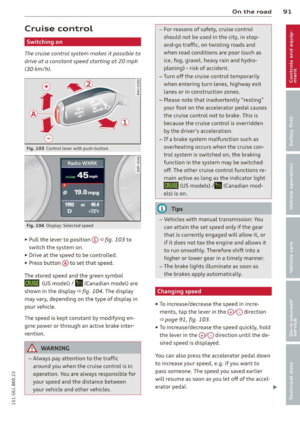 93
93 94
94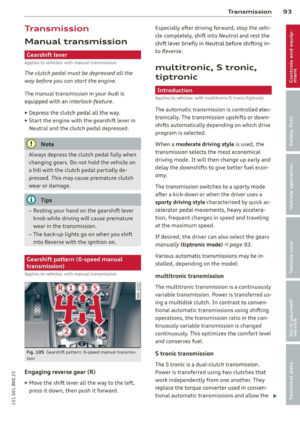 95
95 96
96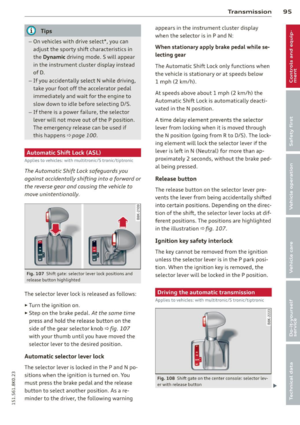 97
97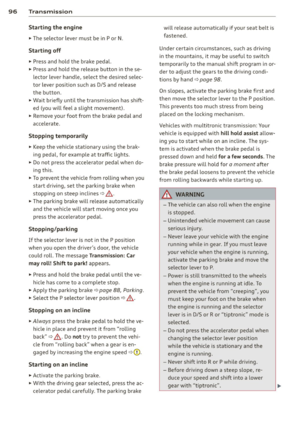 98
98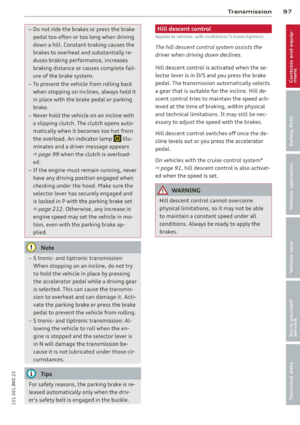 99
99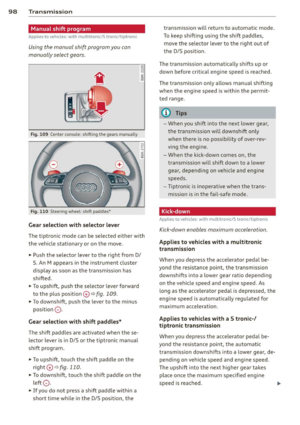 100
100 101
101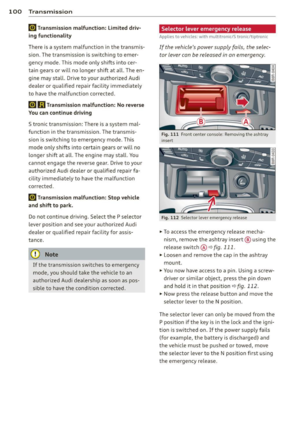 102
102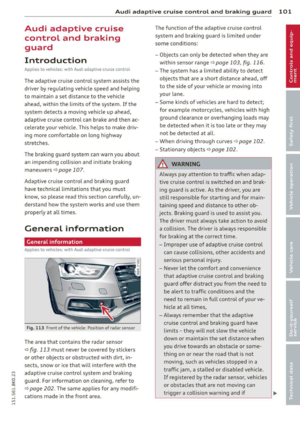 103
103 104
104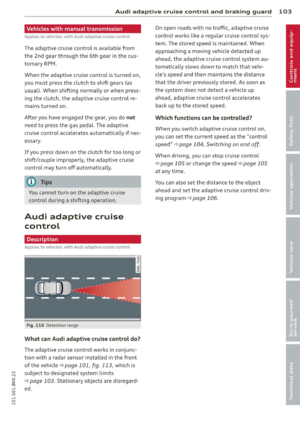 105
105 106
106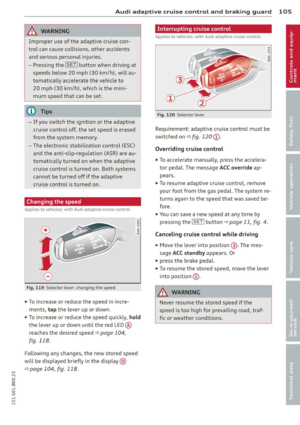 107
107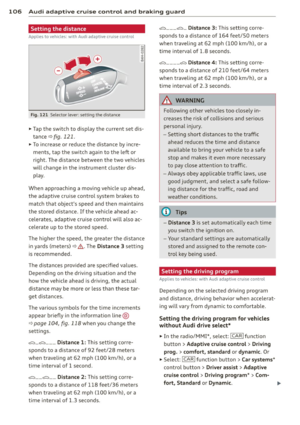 108
108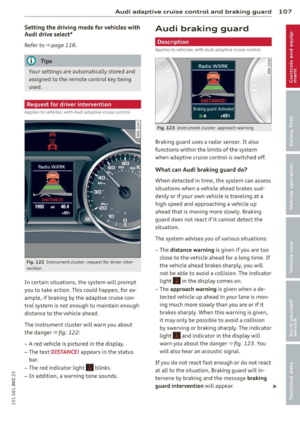 109
109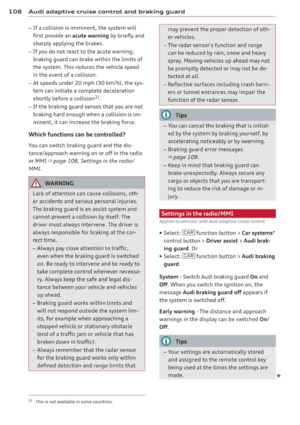 110
110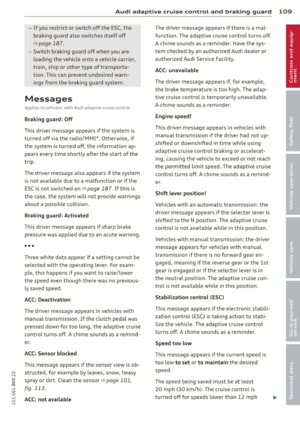 111
111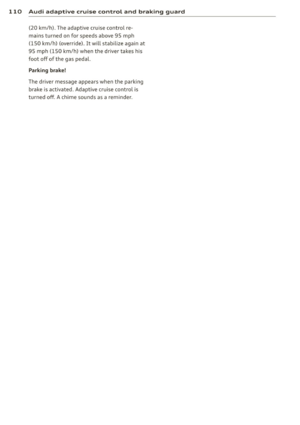 112
112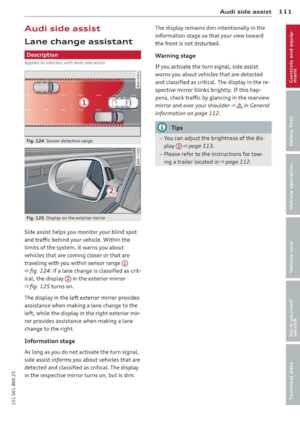 113
113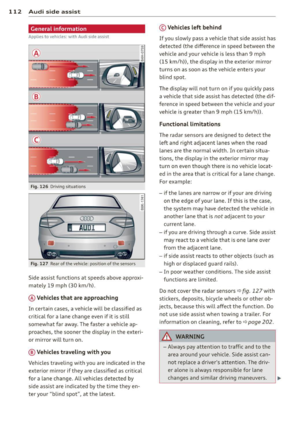 114
114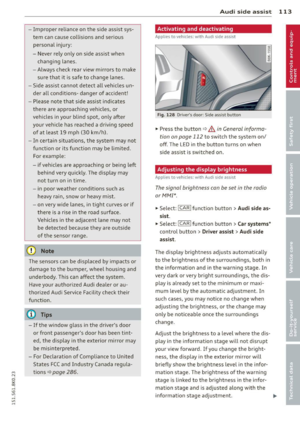 115
115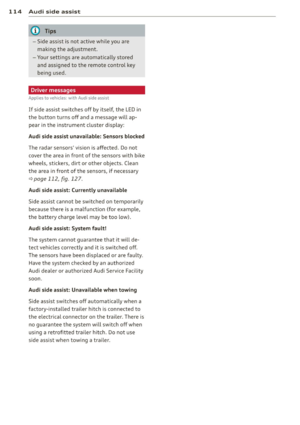 116
116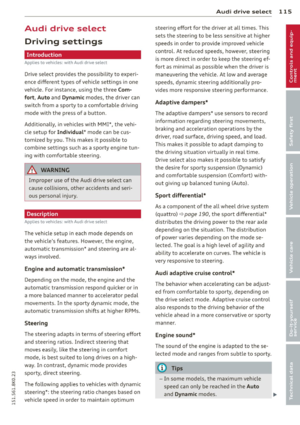 117
117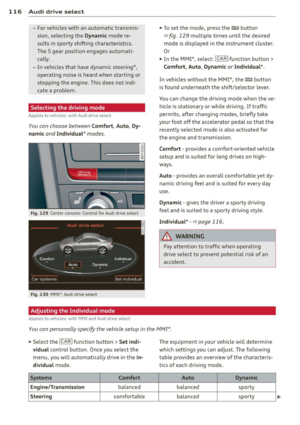 118
118 119
119 120
120 121
121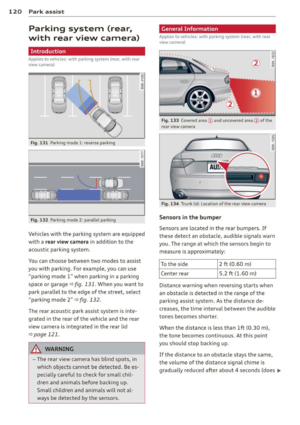 122
122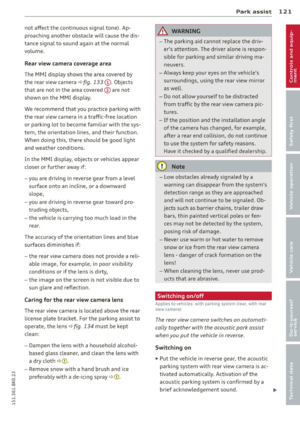 123
123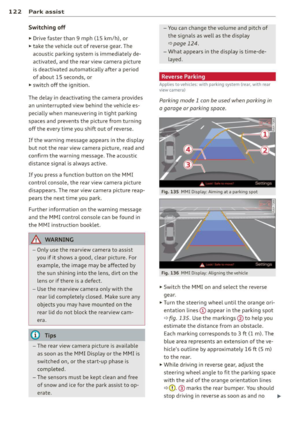 124
124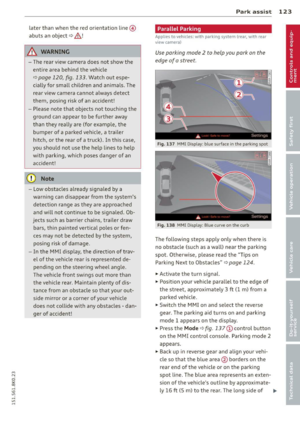 125
125 126
126 127
127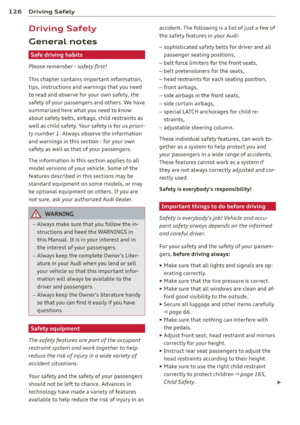 128
128 129
129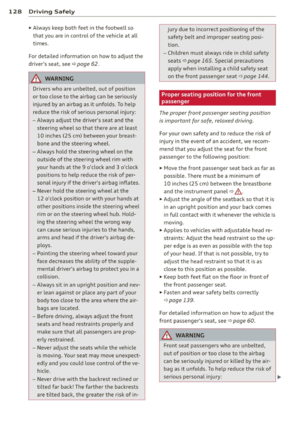 130
130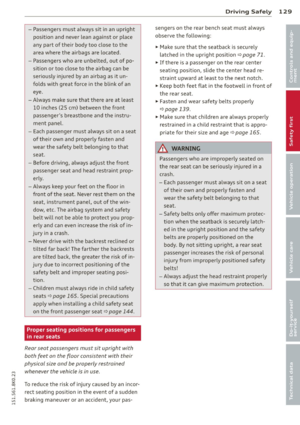 131
131 132
132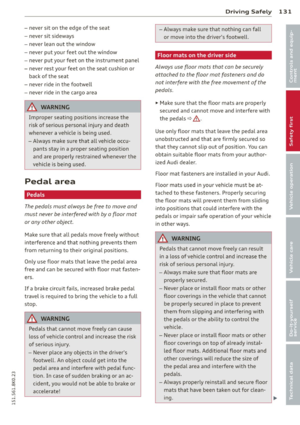 133
133 134
134 135
135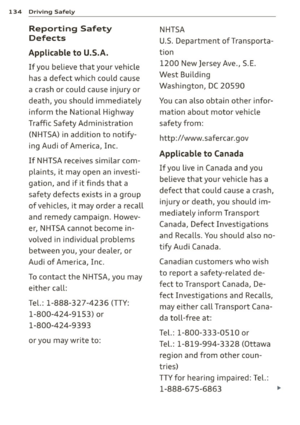 136
136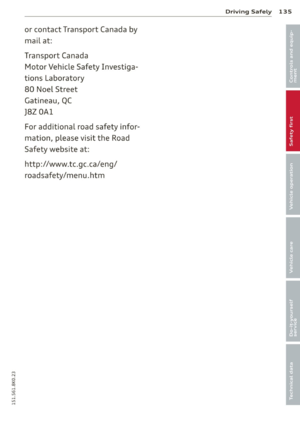 137
137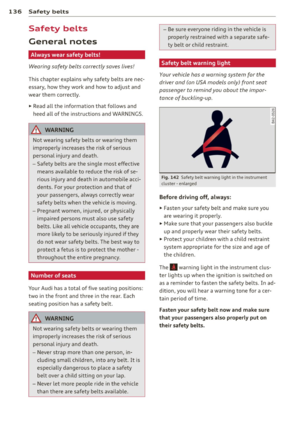 138
138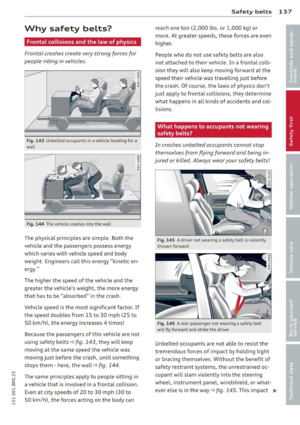 139
139 140
140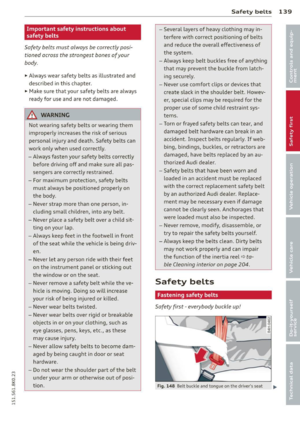 141
141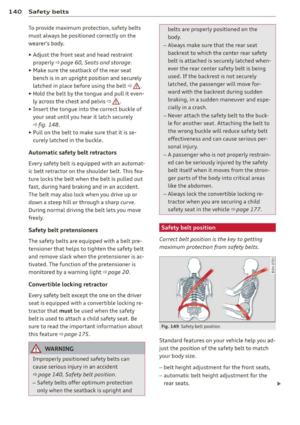 142
142 143
143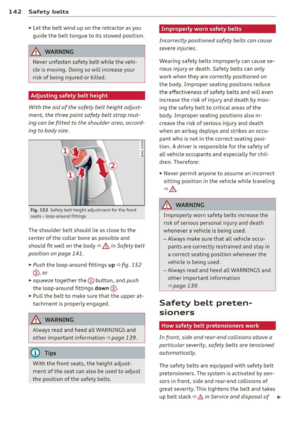 144
144 145
145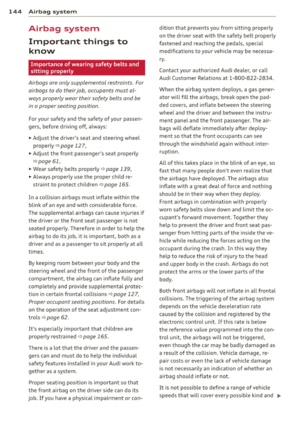 146
146 147
147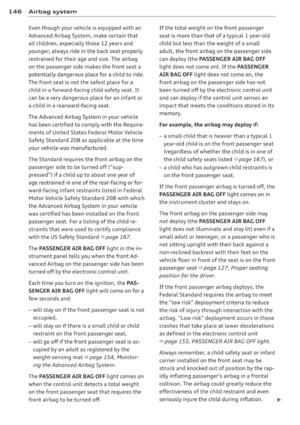 148
148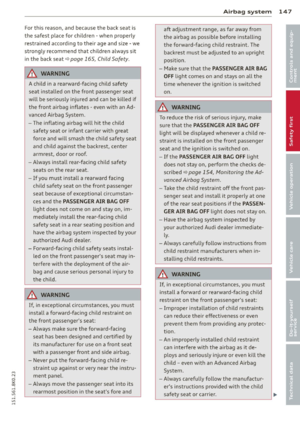 149
149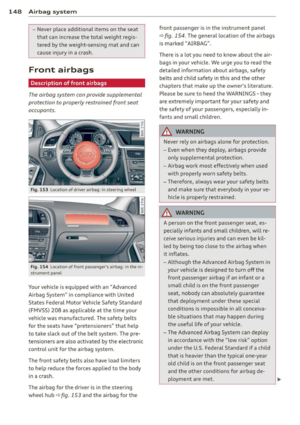 150
150 151
151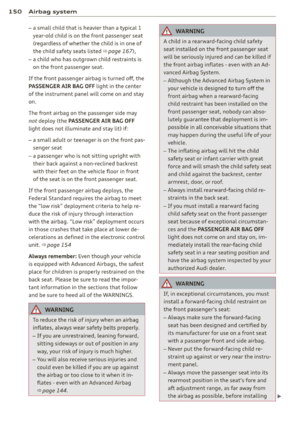 152
152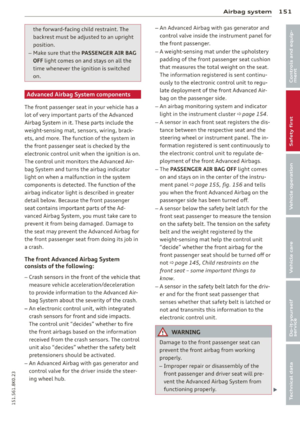 153
153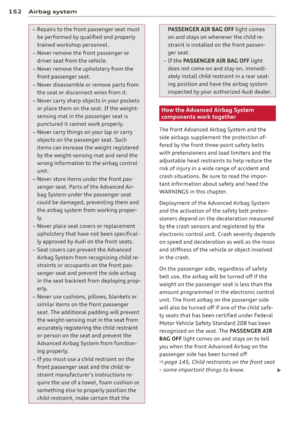 154
154 155
155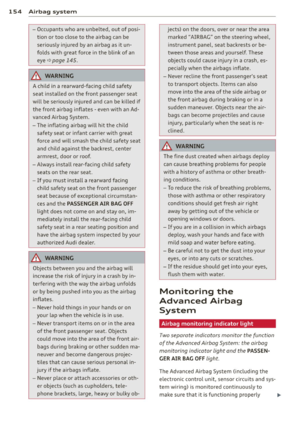 156
156 157
157 158
158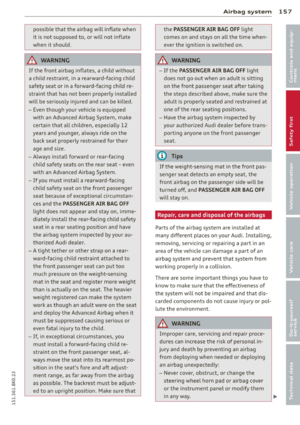 159
159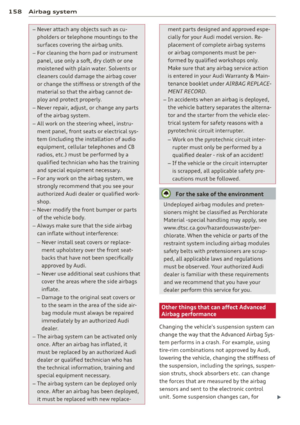 160
160 161
161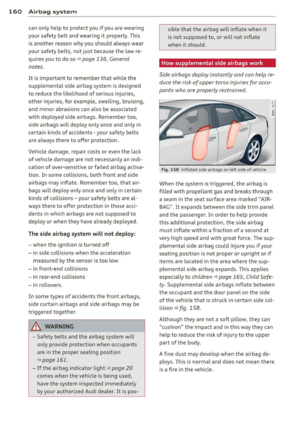 162
162 163
163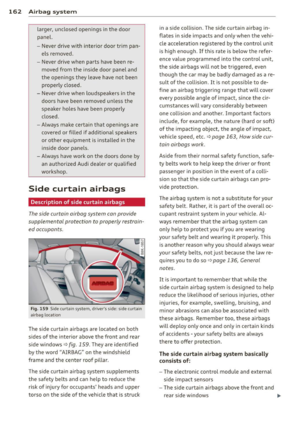 164
164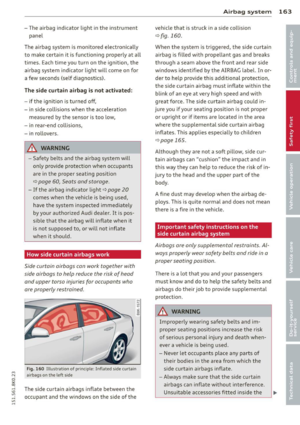 165
165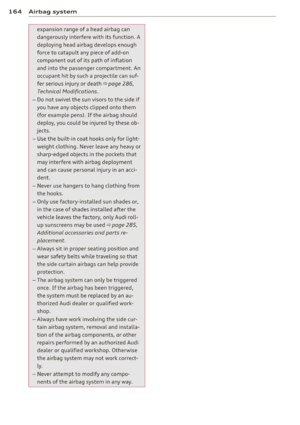 166
166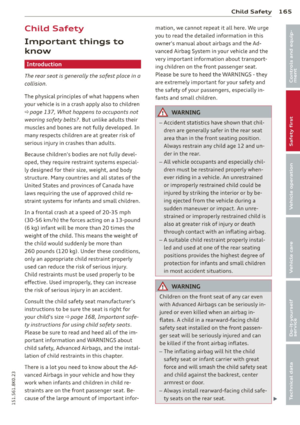 167
167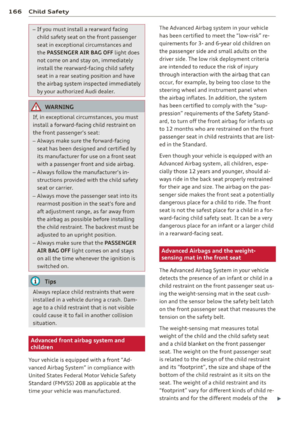 168
168 169
169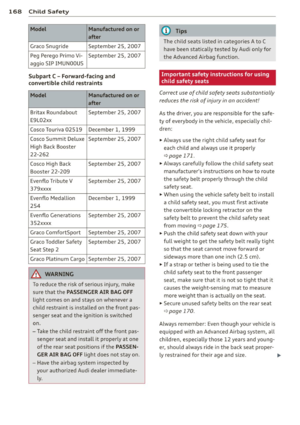 170
170 171
171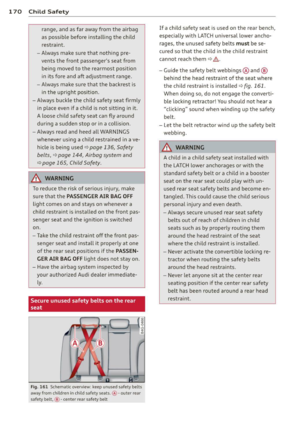 172
172 173
173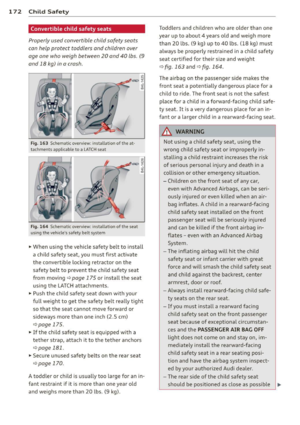 174
174 175
175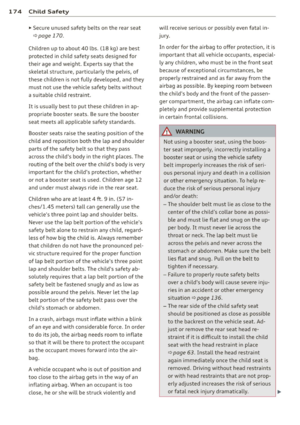 176
176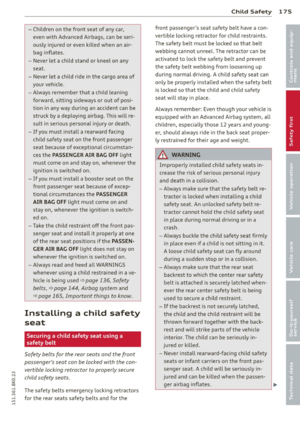 177
177 178
178 179
179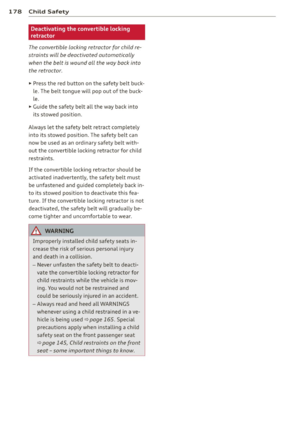 180
180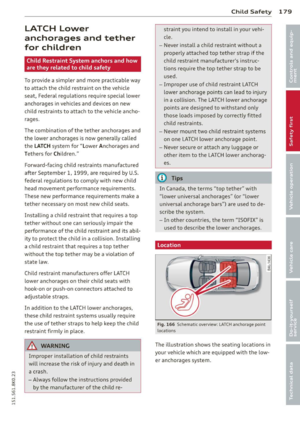 181
181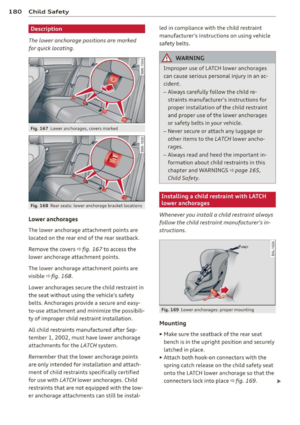 182
182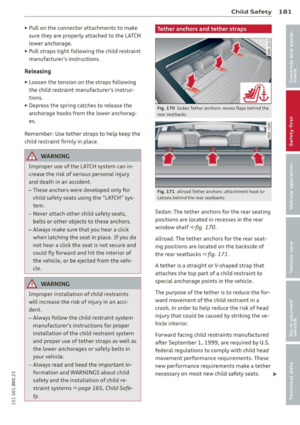 183
183 184
184 185
185 186
186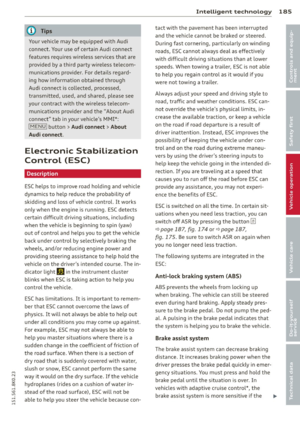 187
187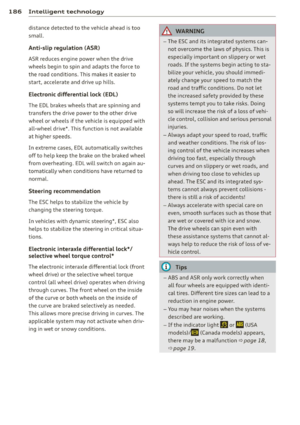 188
188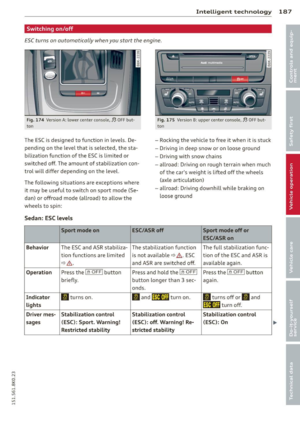 189
189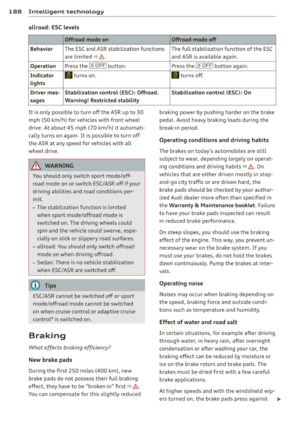 190
190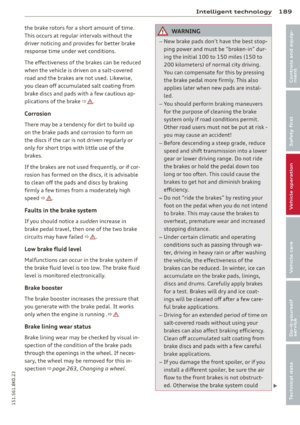 191
191 192
192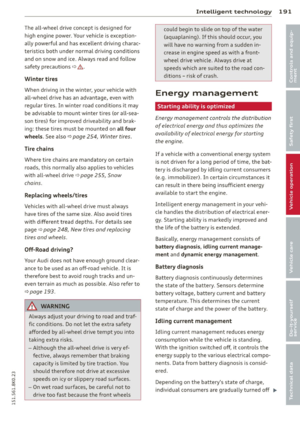 193
193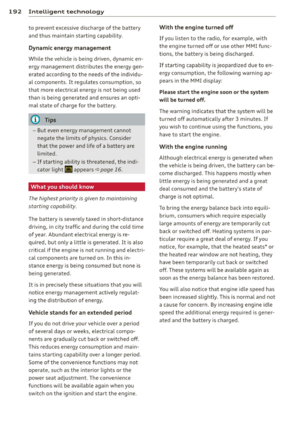 194
194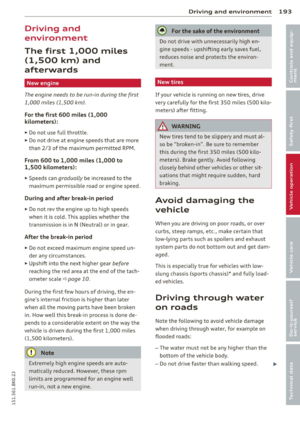 195
195 196
196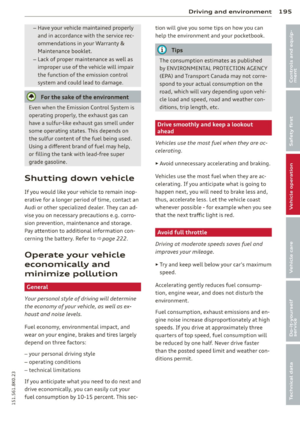 197
197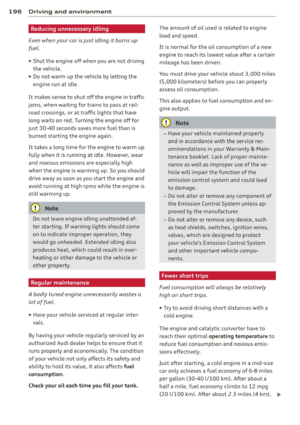 198
198 199
199 200
200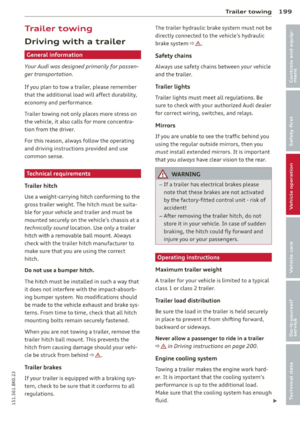 201
201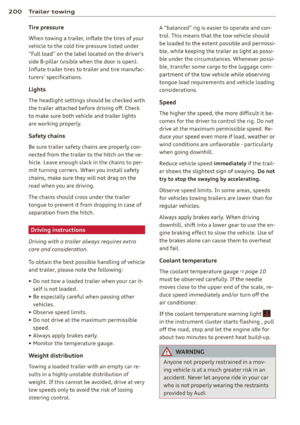 202
202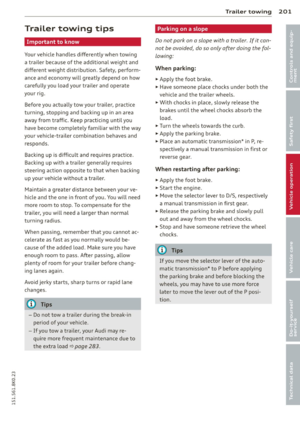 203
203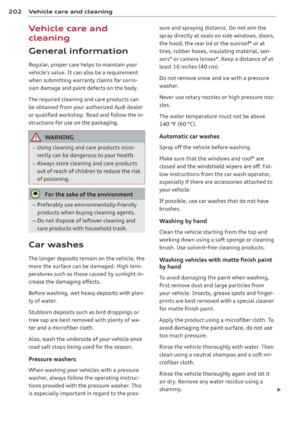 204
204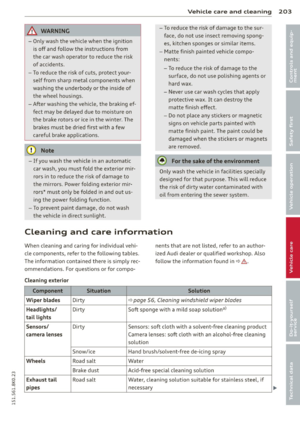 205
205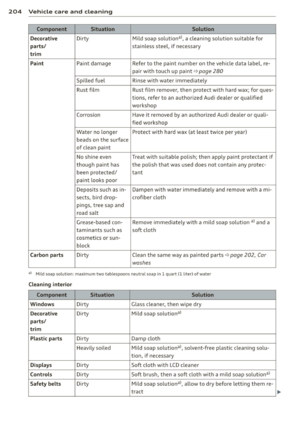 206
206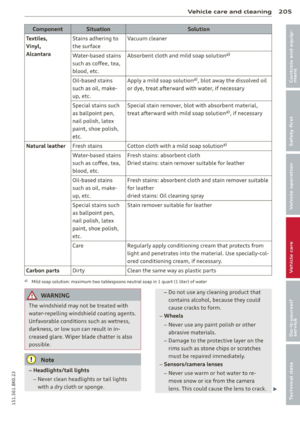 207
207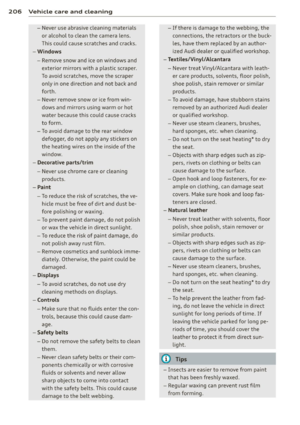 208
208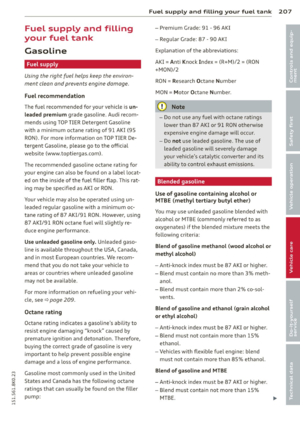 209
209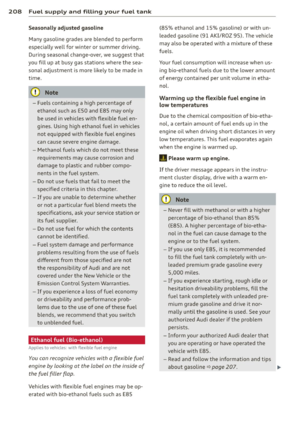 210
210 211
211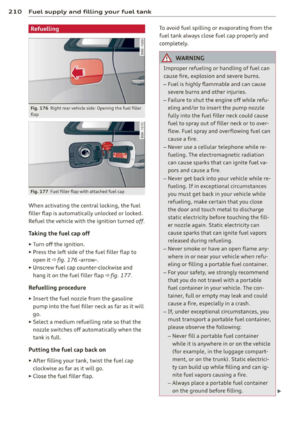 212
212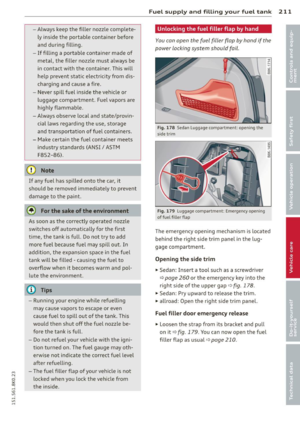 213
213 214
214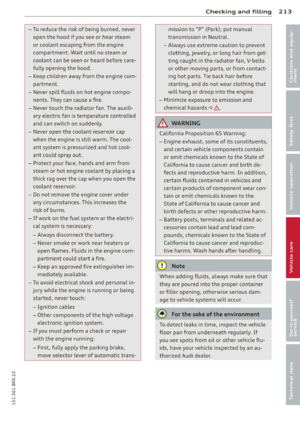 215
215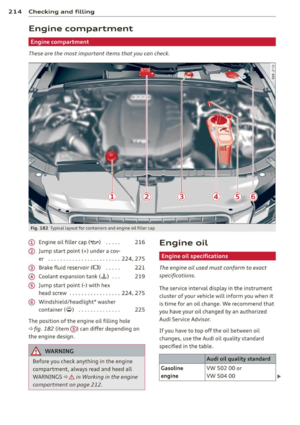 216
216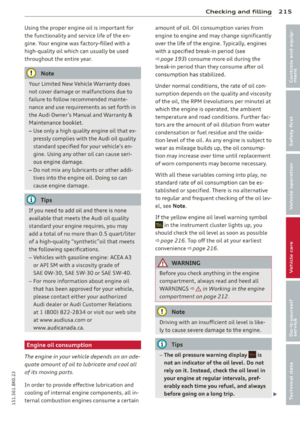 217
217 218
218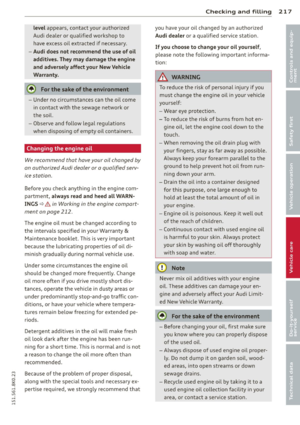 219
219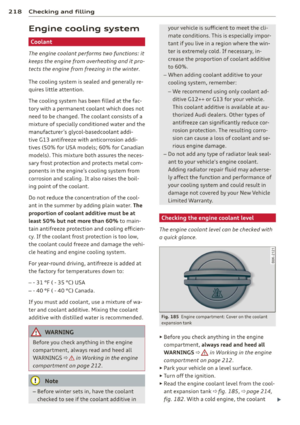 220
220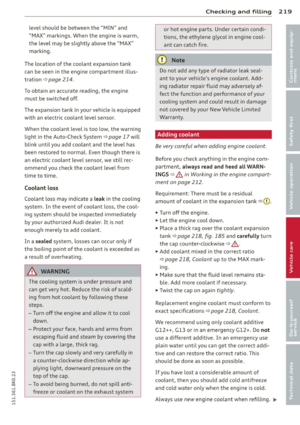 221
221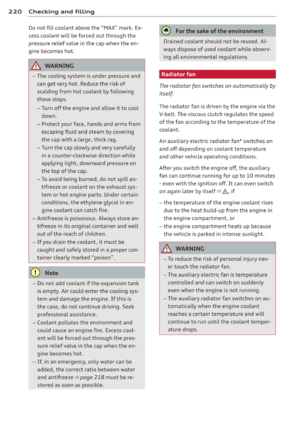 222
222 223
223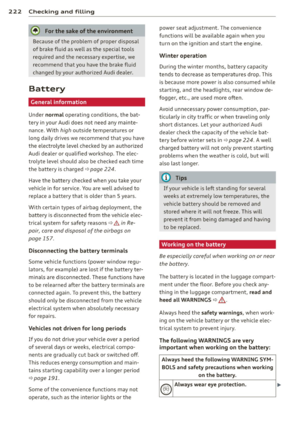 224
224 225
225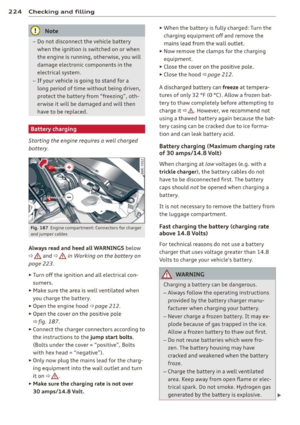 226
226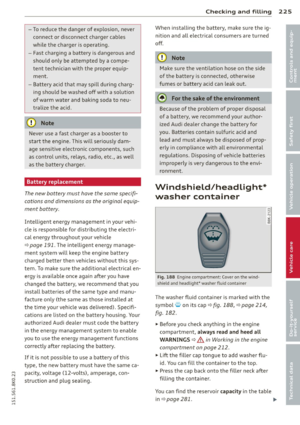 227
227 228
228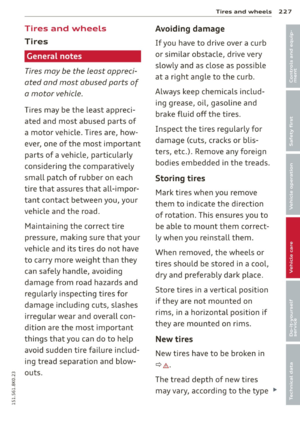 229
229 230
230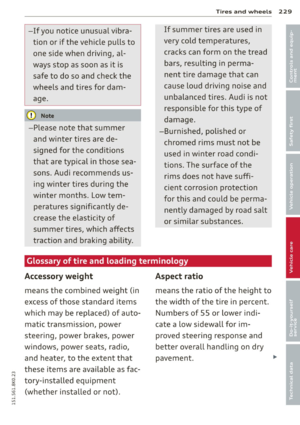 231
231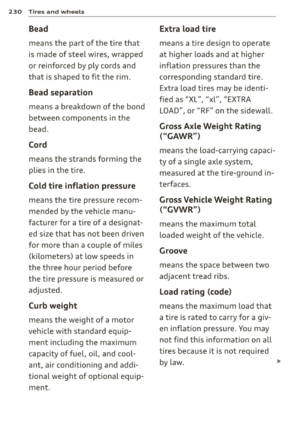 232
232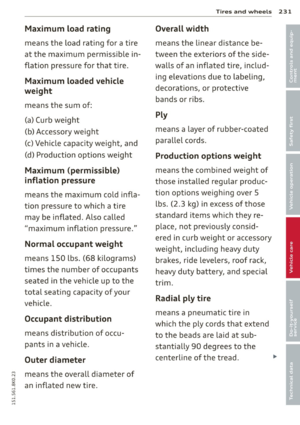 233
233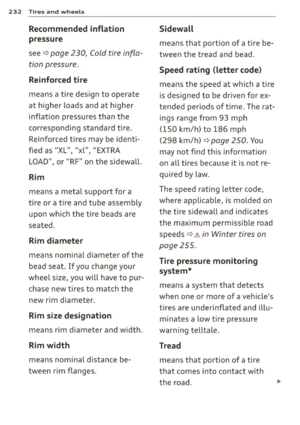 234
234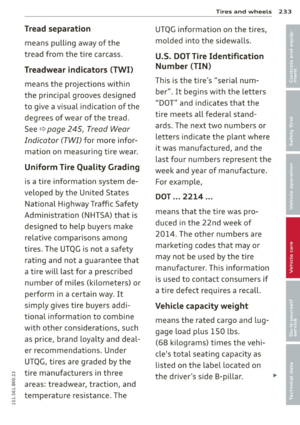 235
235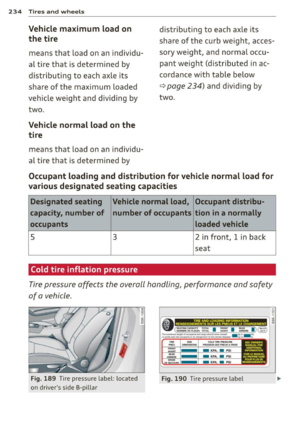 236
236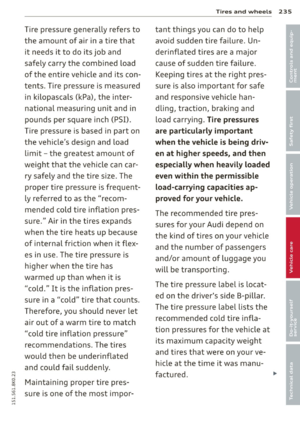 237
237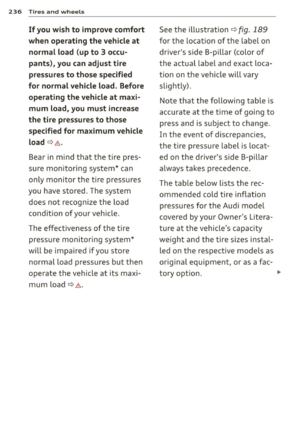 238
238 239
239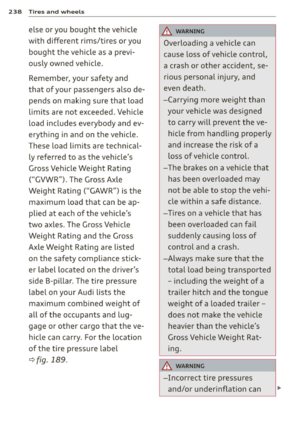 240
240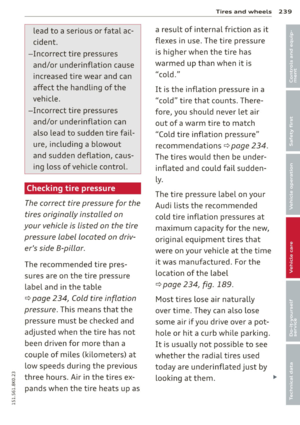 241
241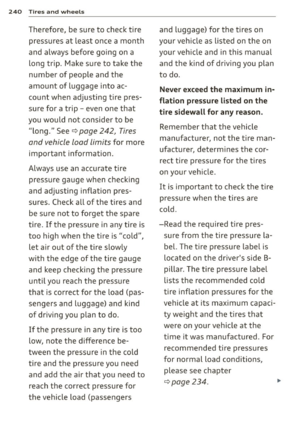 242
242 243
243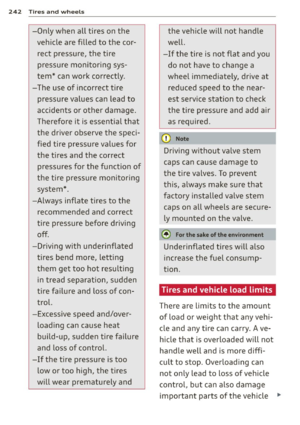 244
244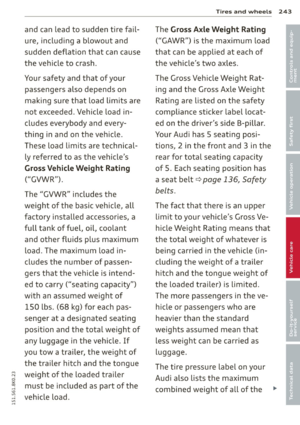 245
245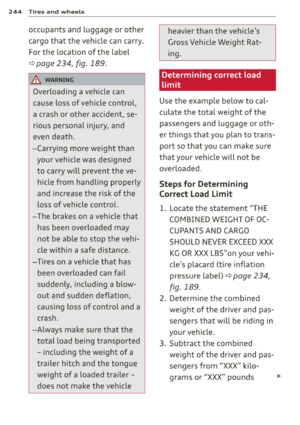 246
246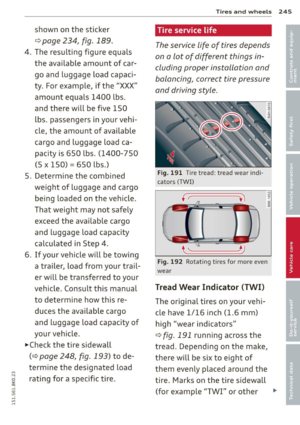 247
247 248
248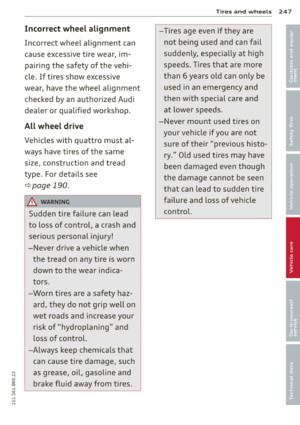 249
249 250
250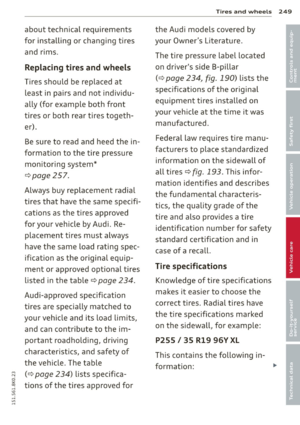 251
251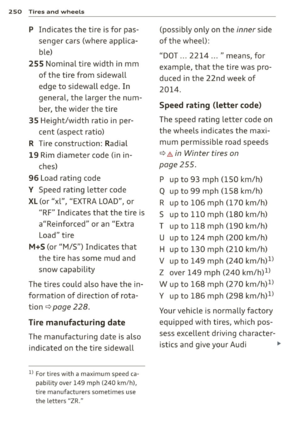 252
252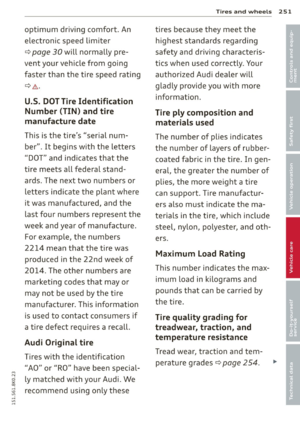 253
253 254
254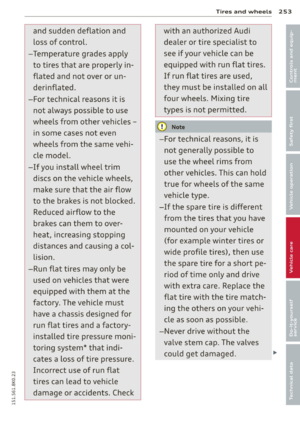 255
255 256
256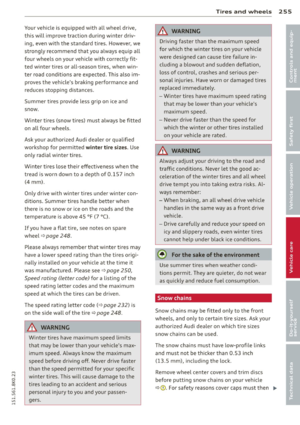 257
257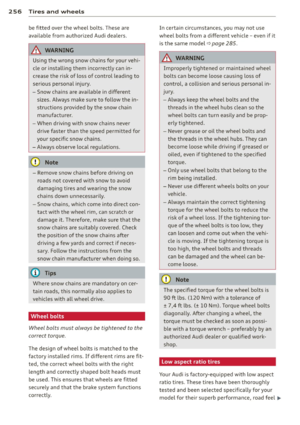 258
258 259
259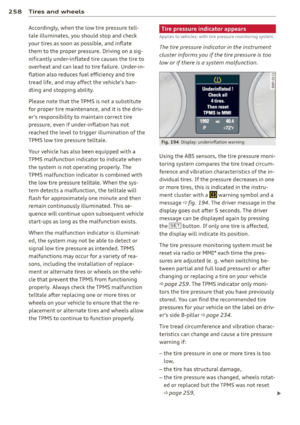 260
260 261
261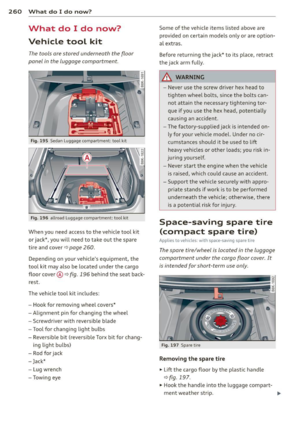 262
262 263
263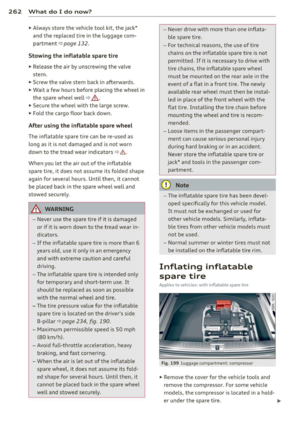 264
264 265
265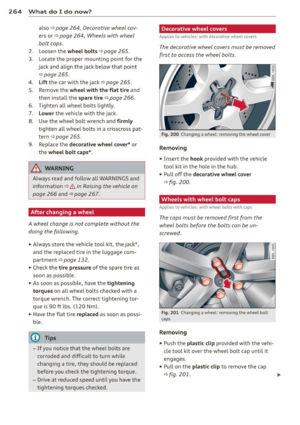 266
266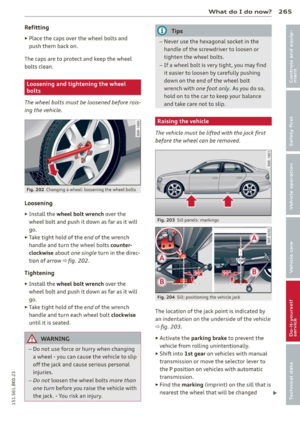 267
267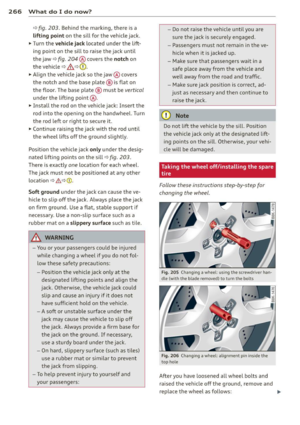 268
268 269
269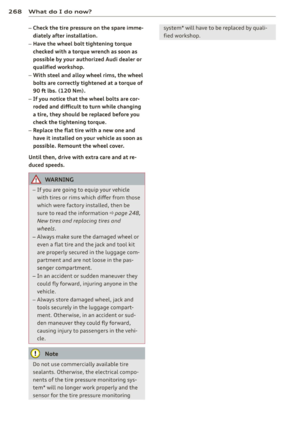 270
270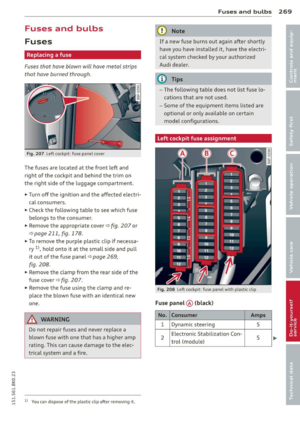 271
271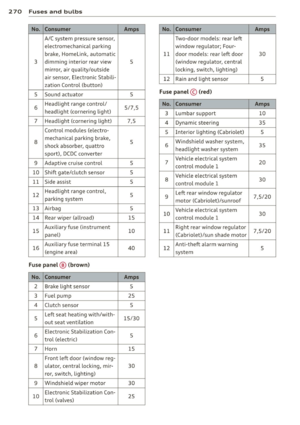 272
272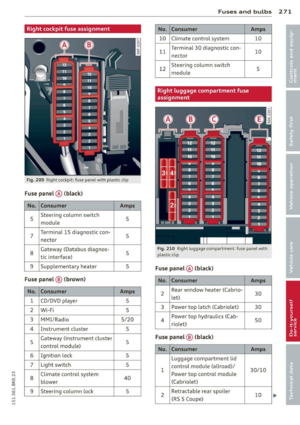 273
273 274
274 275
275 276
276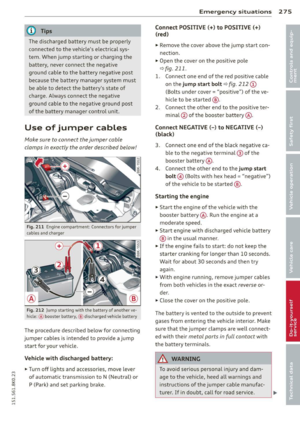 277
277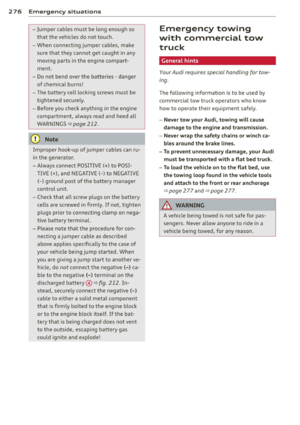 278
278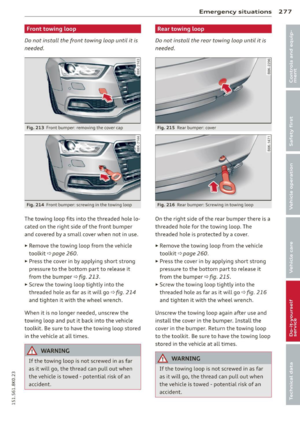 279
279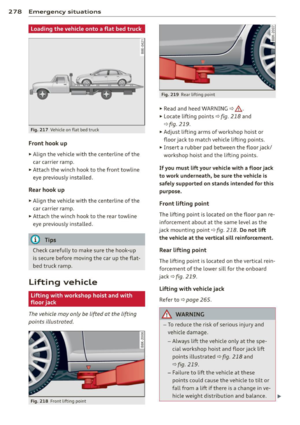 280
280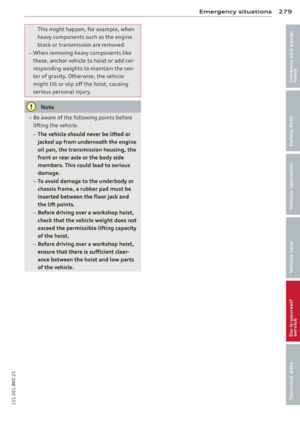 281
281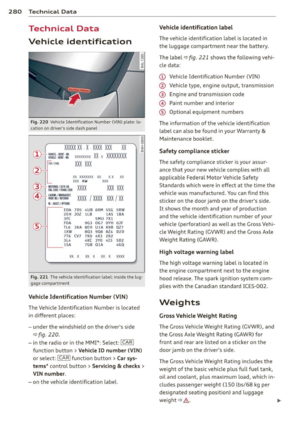 282
282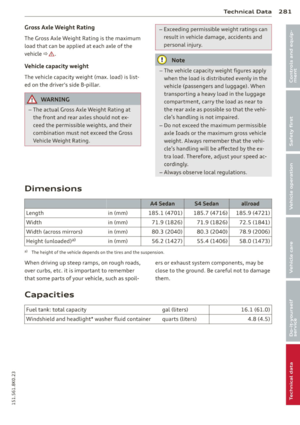 283
283 284
284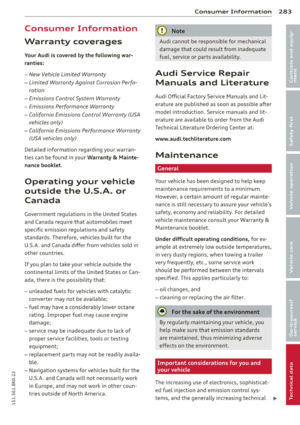 285
285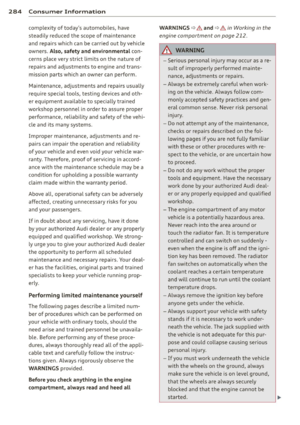 286
286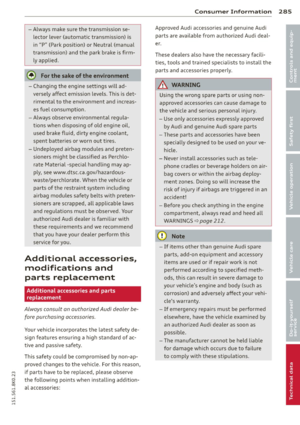 287
287 288
288 289
289 290
290 291
291 292
292 293
293 294
294 295
295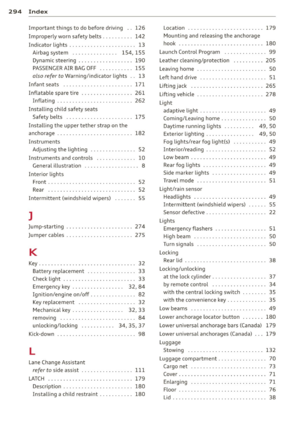 296
296 297
297 298
298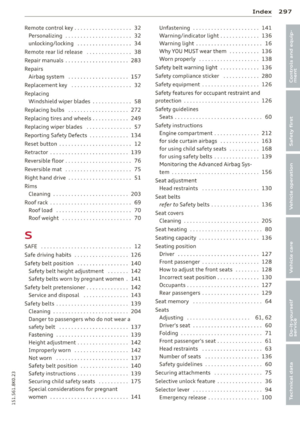 299
299 300
300 301
301 302
302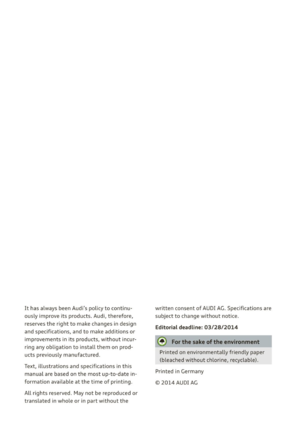 303
303






